I’m scared.
I’m writing this while UK’s campus faces its second “shots fired” alert of the year. I’m sitting on my bed in my dorm, rocking back and forth unable to stop shaking. I am utterly terrified not necessarily because of the gunman that may or may not have been caught by now, but because this feeling has become familiar to me. It has become familiar to all Americans. I guarantee that as you are reading this right now, there is a shooting going on somewhere in this country.
I don’t feel safe here. It’s been a long time since I’ve felt safe, anywhere.
This was not the first time I had ended up in this fetal position as sobs threatened to pour from my eyes. I was in kindergarten, the first time I encountered gun violence. My elementary school’s first day was delayed because of a gang fight in the neighborhood. One of the windows near the entrance had been shattered by a stray bullet.
That same year, in first grade, that same school went into lockdown, because of a completely unrelated gang shooting that had happened just outside. In second grade, fireworks went off right outside this school. Everyone in the room dove under desks because the possibility of a school shooting was so familiar to us that we didn’t even consider we were hearing fireworks.
I could barely color within the lines or count past 100, but I had accepted the fact that I could be shot dead at school. Firearms are the leading cause of death among children and teens. That’s the reality of a nation in crisis.
My next exposure to gun violence was in high school.
“Lockdown! Lockdown! This is not a drill!” I had never heard the principal with such a visceral tone of voice. He was frightened, frantic and broken. All students scrambled to the back of the calculus classroom and huddled in a corner. No one had the same reaction. Some were shaking. Some were calling loved ones. Some were checking the news. I was doing all of the above, my heart pounding and my thoughts clattering around my skull. I sent a text to my parents and siblings, “Active shooter at the school. I’ll text you if I’m okay. I love you.”
It dawned on me that those might have been my last goodbyes, my legacy. There were only so many times I could send that out before the door was kicked in.
It weighed on me heavier than can be conveyed, knowing that there were too many people I wanted to say goodbye to and surely not enough time as my remaining seconds slipped away. Nothing matters more to me than my loved ones and I was shattered at the possibility of being torn away from them. Yet, if anything happened I at least wanted them to know that I died thinking of them. They deserved to know how much they meant to me, just in case I didn’t convey it in life. Other regrets began to overwhelm me. There was so much that I may never do, that I may never get to see or never get to make up for.
It wasn’t long before we were told that the shooting was a hoax. A “swatting.” A crank call. Fake.
But the tears weren’t fake. The special needs kid who defecated in gym class, standing right next to my little brother wasn’t fake. The kid who got dragged out of a bathroom, thrown on the floor and screamed at by the police wasn’t fake. The brief moments when my mother, my father and my siblings thought they may never see me again, the anguish they experienced as they had to decide on their last words to send me. It was all real. The scars from that day threaten to never fade.
What wasn’t fake was the shooting that occurred in the parking lot of that high school, just weeks later, a completely unrelated incident.
Girls rushed into the building wide-eyed and hyperventilating just as classes were letting out. They had heard the gunshots. I remember seeing the first photos of the incident spread through group chats. This was before the police had time to intercept and censor them. A car I had walked past that morning was littered with bullet holes. The sidewalk, which I knew better than most sidewalks in town, was stained with blood.
What wasn’t fake was the assassination attempt that Quintez Brown committed at the campaign headquarters of Craig Greenberg. Then a candidate for mayor of Louisville, he was the man who gave me my first political job. I was just a bright young campaign intern. Only 15 years old, genuinely believing I could change the world.
I had never felt such dread, getting a text just hours before my shift telling me not to come to work. I turned on the news to see my office—the very chair I sat in—riddled with bullet holes. My mental distress was so intense that I needed someone to pick me up from school that day. I swore off politics forever that night and would need several more months before I could look at the field with anything other than disdain and terror.
Was my wide-eyed enthusiasm truly worth forfeiting my life?
It wasn’t long after that the First National Bank shooting occurred in downtown Louisville. Lives were being taken so close to my school that I heard dozens of police cars speeding to the scene. An officer–Nick Wilt–was forever crippled by the gunman’s bullets. Another police officer called my father, an attorney, not long after killing the shooter with a bullet to the head. His panicked and distraught voice was beyond harrowing.
I had known someone who died in that bank shooting. His name was Tommy Elliot. He was a good, honest man, a public servant and a former staffer on the Greenberg campaign. I join countless Americans who have lost a peer to the gun violence epidemic.
Gun violence has remained heartbreakingly common since I enrolled at UK. In just my first week of college, I got the notification for the first time, “URGENT: SHOTS FIRED IN AREA.” The first time. The first time. I cursed myself for trembling and quaking as much as I did, “You should be used to this by now.”
When a mass shooting occurred on Kentucky’s I-75 just months ago, I obsessively followed as the gunman remained missing for days upon days. I was mentally calculating the time that had elapsed since his disappearance and the time it would take him to get to Fayette County.
There have been 450 mass shootings this year at schools, concerts, parties and just about everywhere a human being could be. Last week, a 17-year-old fired into a crowd, killing two people in Orlando.
There should not be a need for anybody to fear being shot simply while going about their daily lives. The U.S. is the only country that periodically experiences this problem. That is in no doubt due to the fact that we have passed only one meaningful gun control bill in the last 30 years. It was passed after back-to-back mass shootings in Buffalo, New York and Uvalde, Texas. While a step in the right direction, this does not include universal background checks, a closing of the gun show loophole or strong enough red flag laws. Gun laws have been going in the opposite direction since then, with a recent Supreme Court ruling reversing the ban on “bump stocks,” which are gun modifiers often used in mass shootings.
One person killed by gunfire is too many. Yet, nearly 43,000 Americans were shot and killed last year and 125 Americans are, on average, shot and killed every day. This issue fills me with insuppressible anger and fury, and it demands my attention. Our attention.
My heart breaks for all those who will never see this issue addressed. Every time I go to school, a concert, work, on the freeway or even lie in bed trying to enjoy my extra hour of sleep from daylight saving time, I pray that I will not join those countless victims of gun violence.




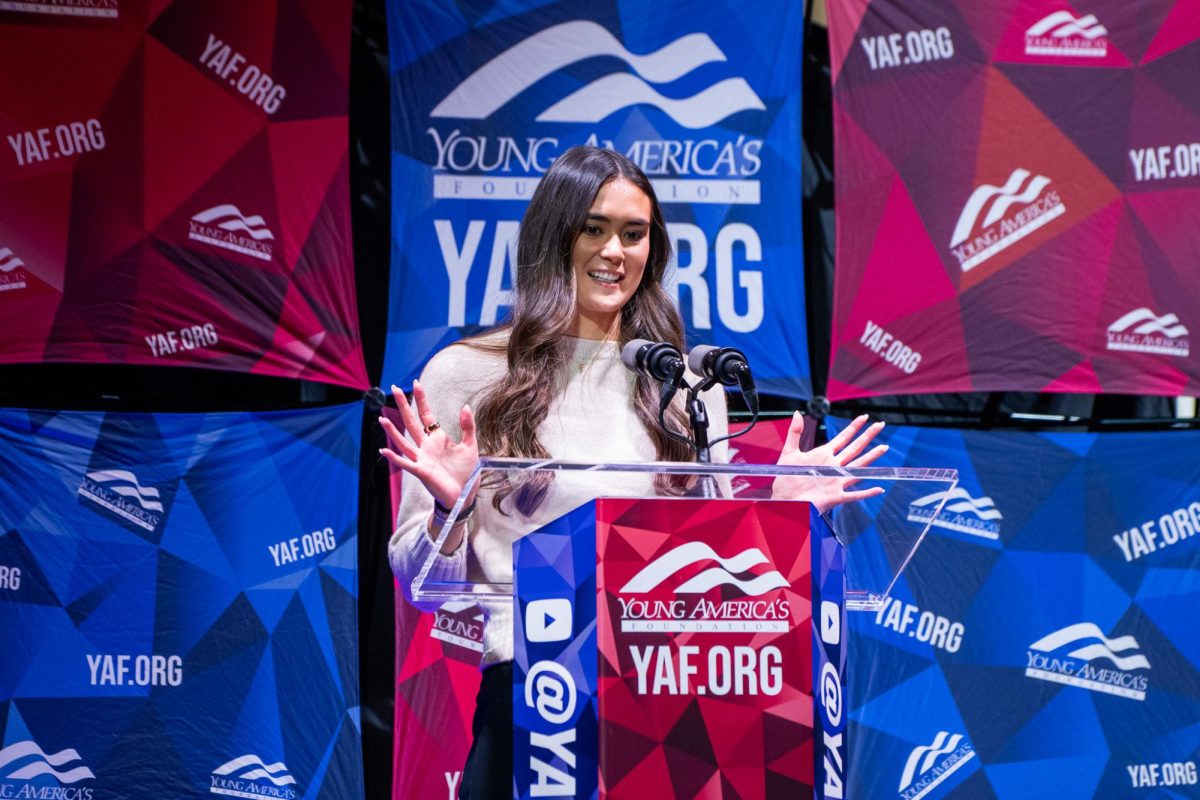
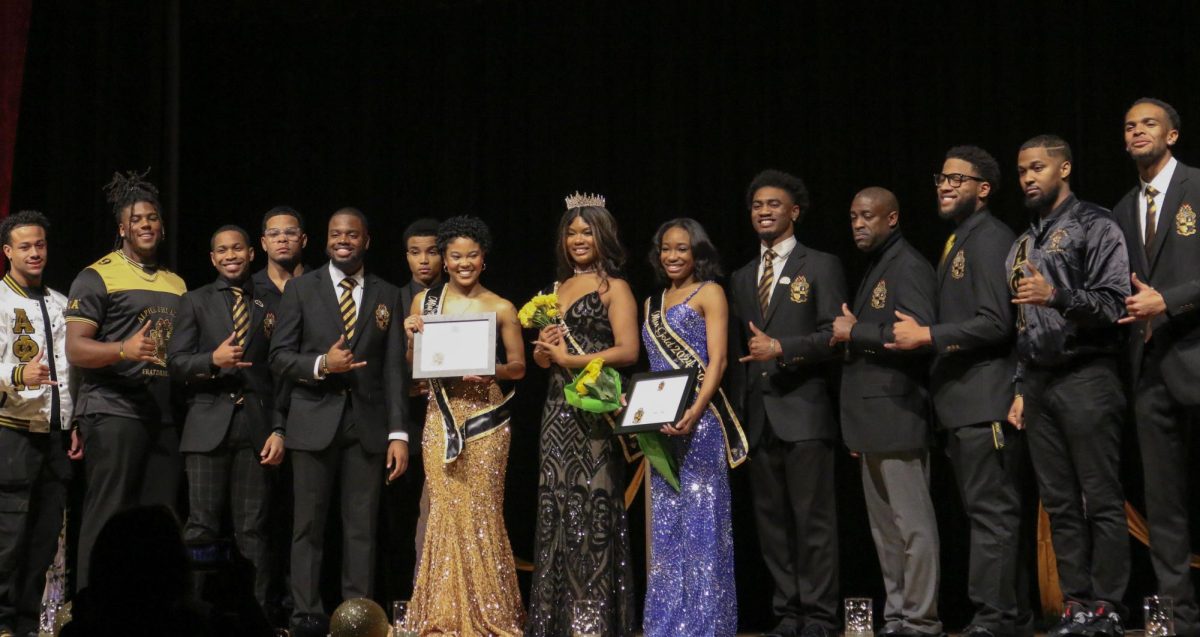
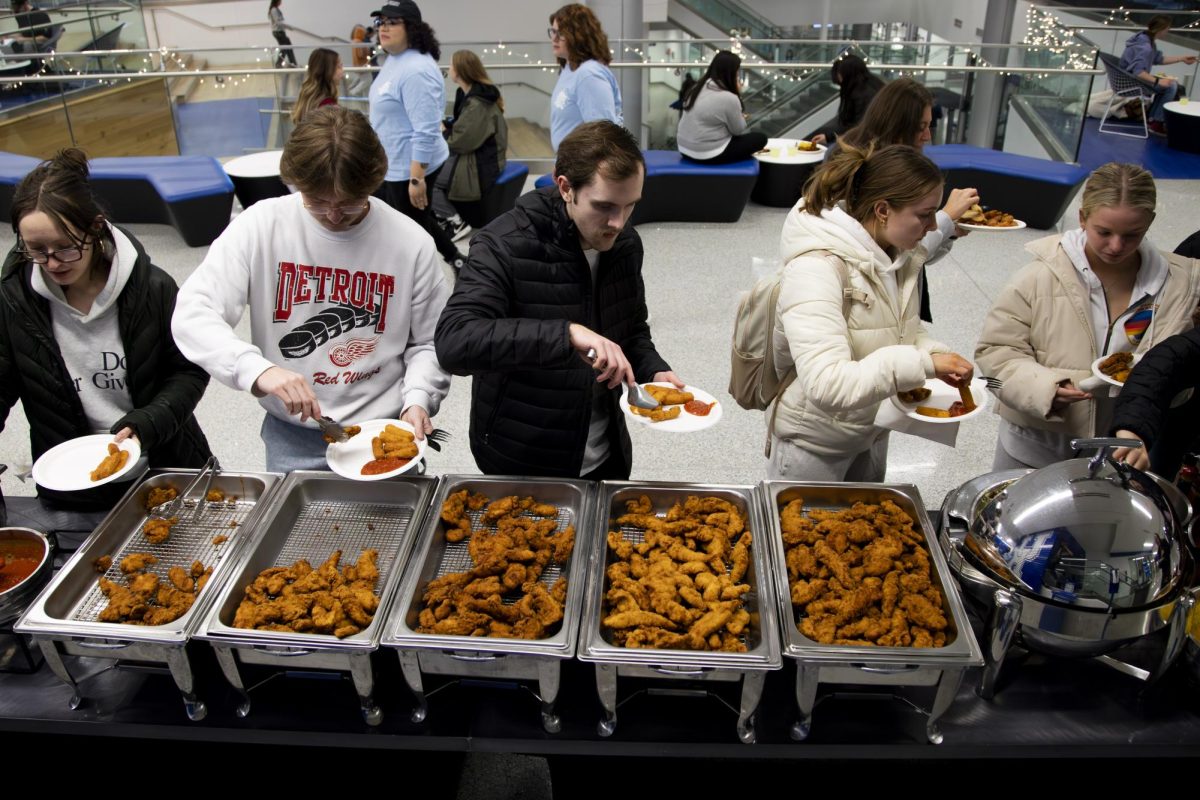
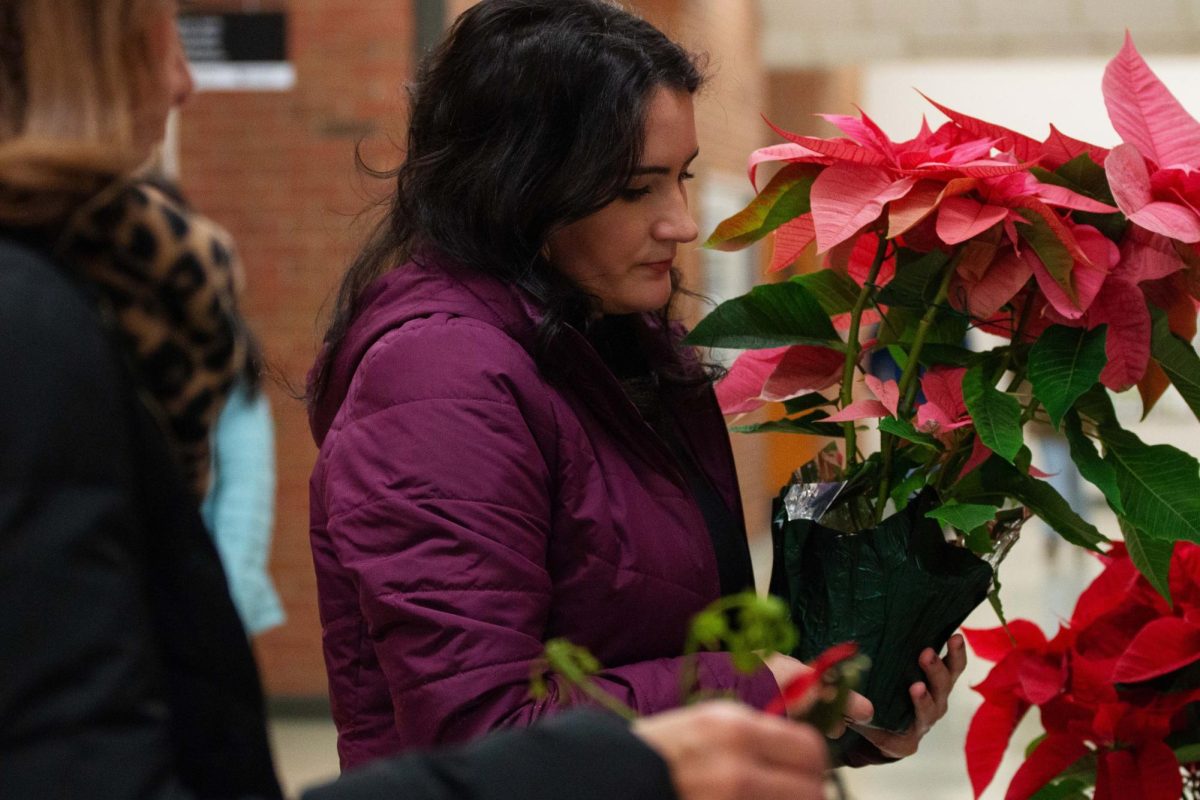
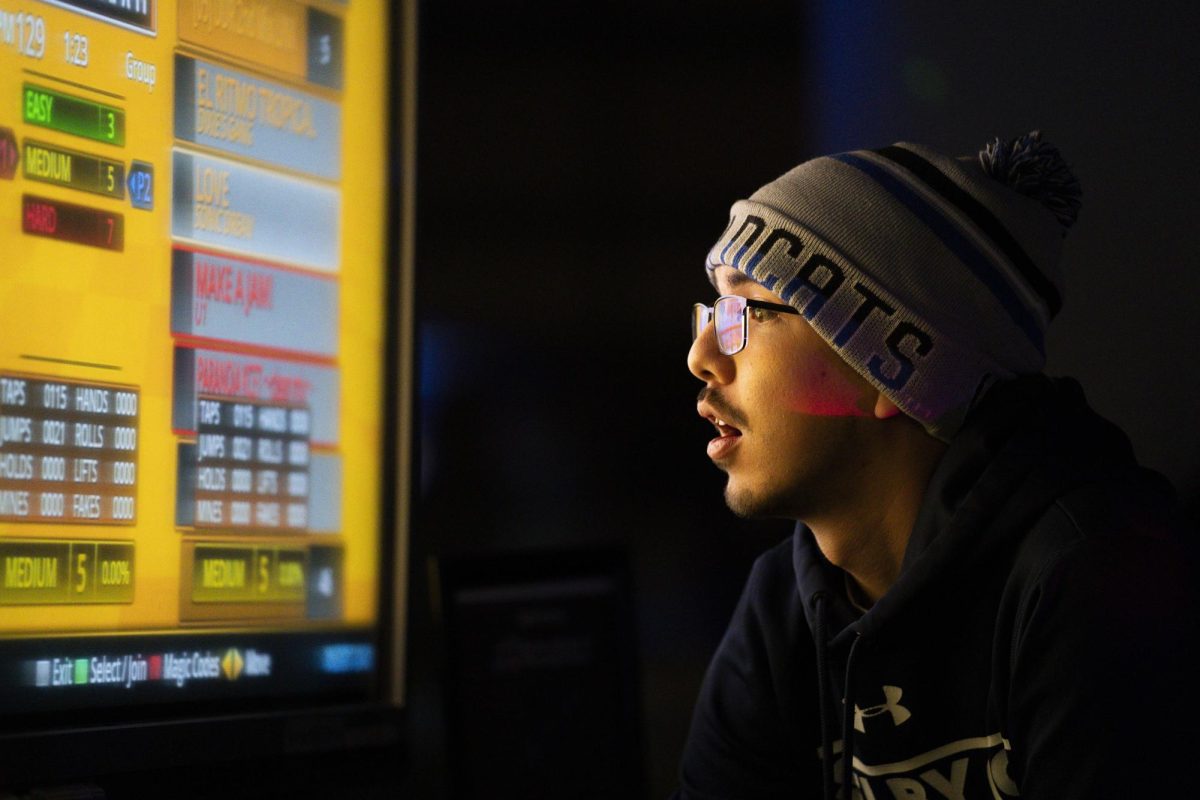
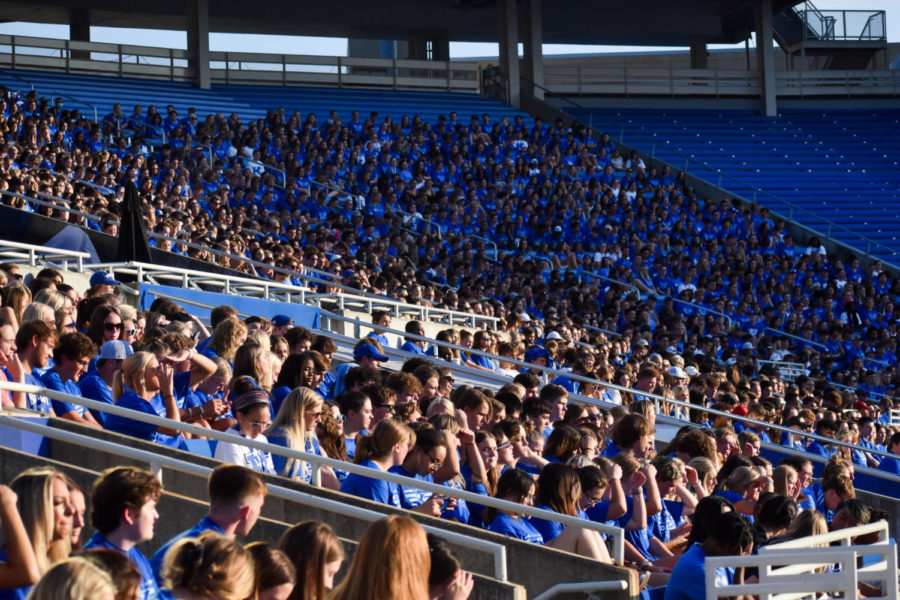
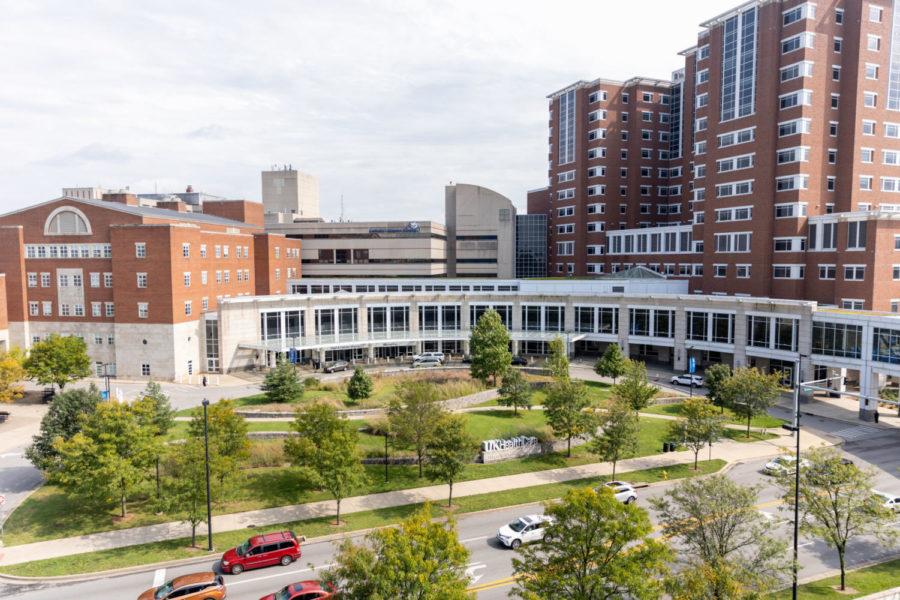
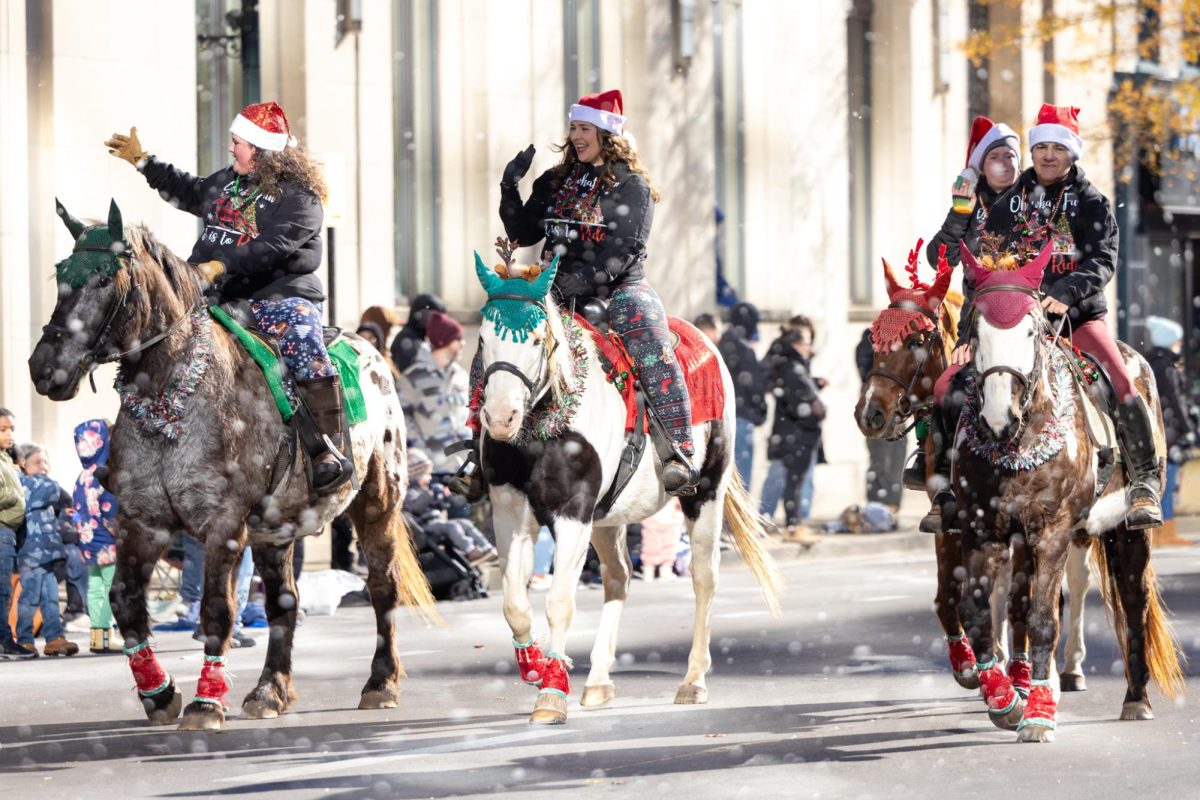

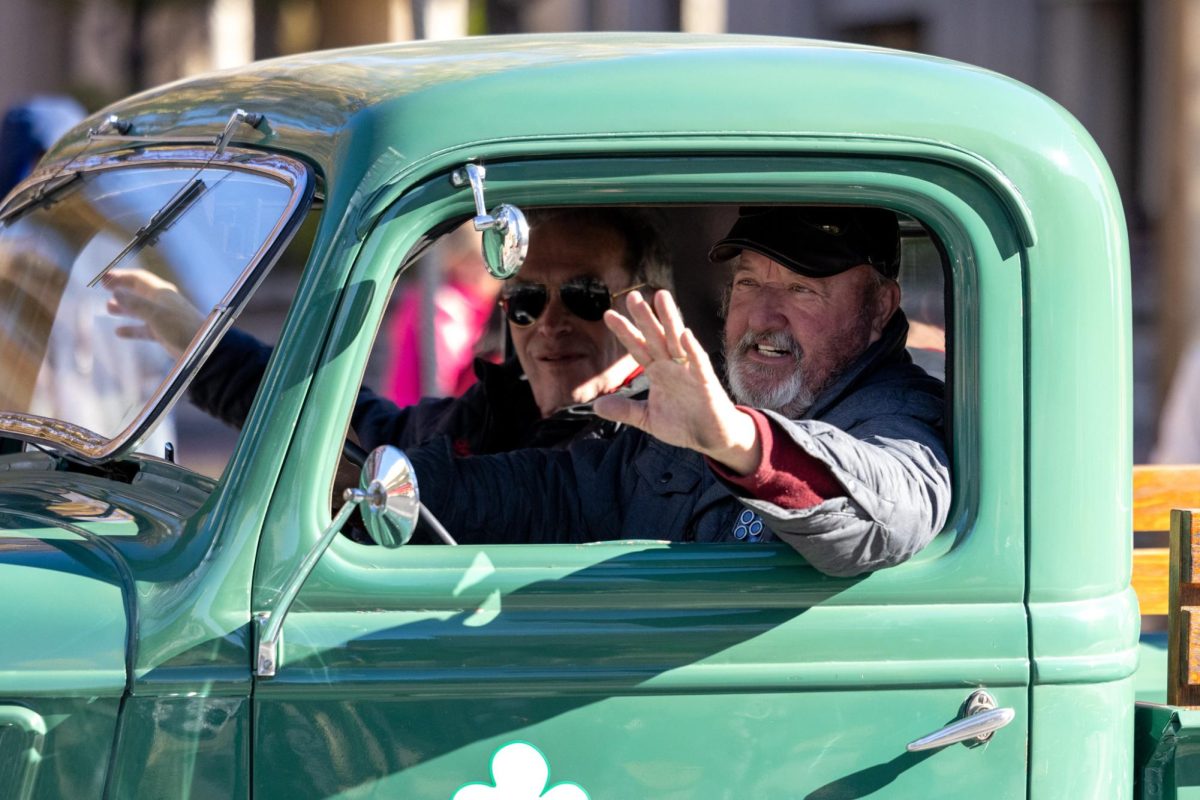

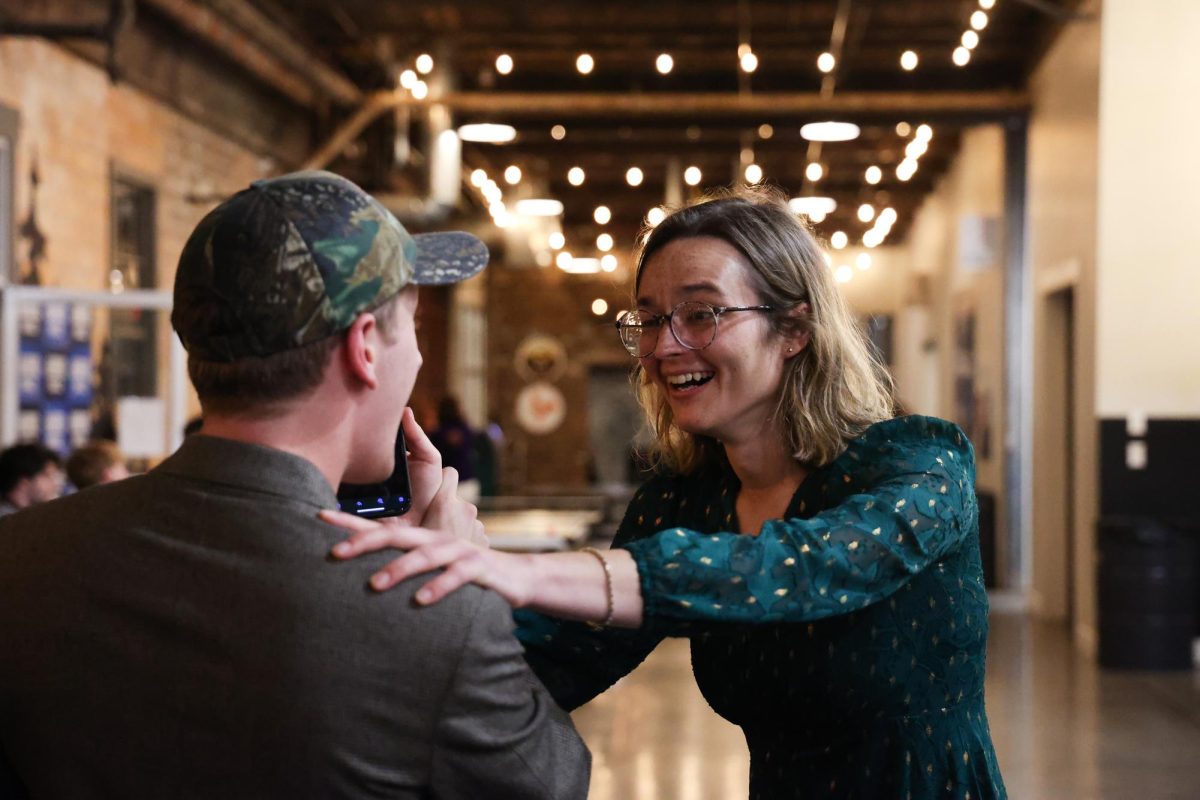
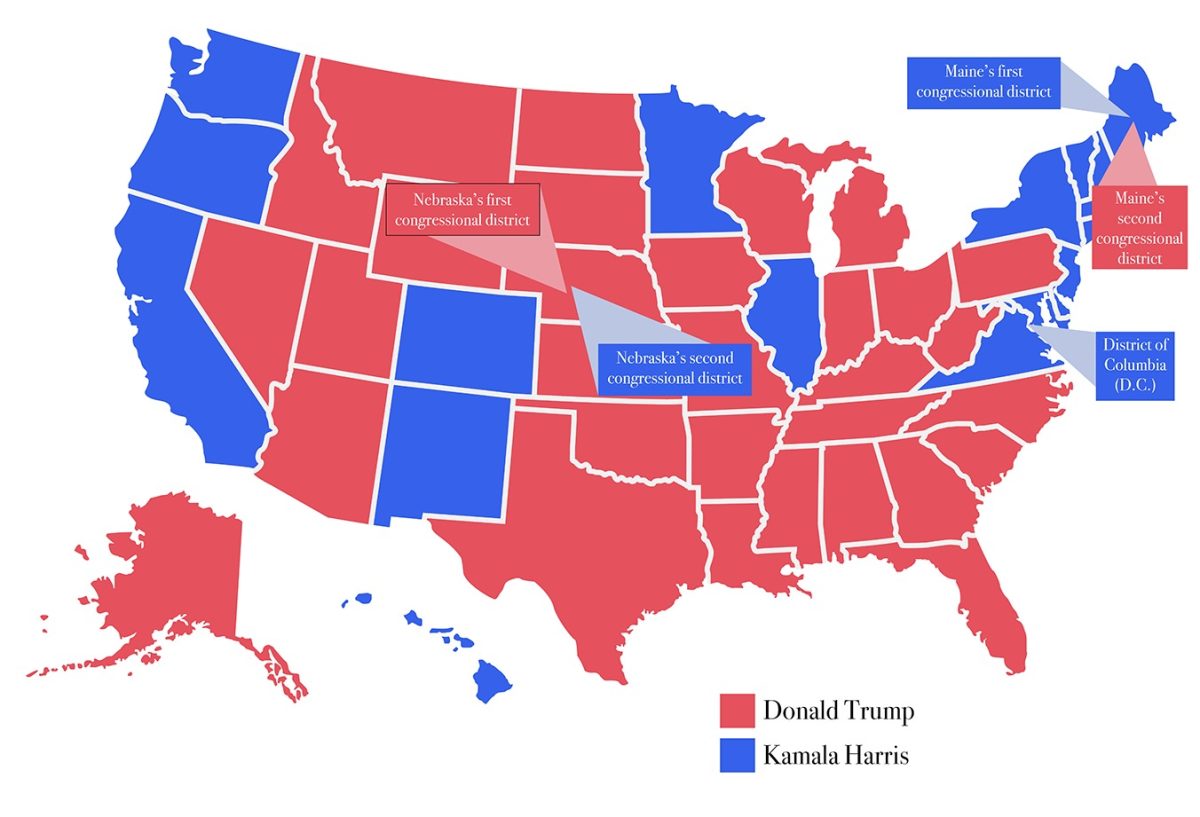
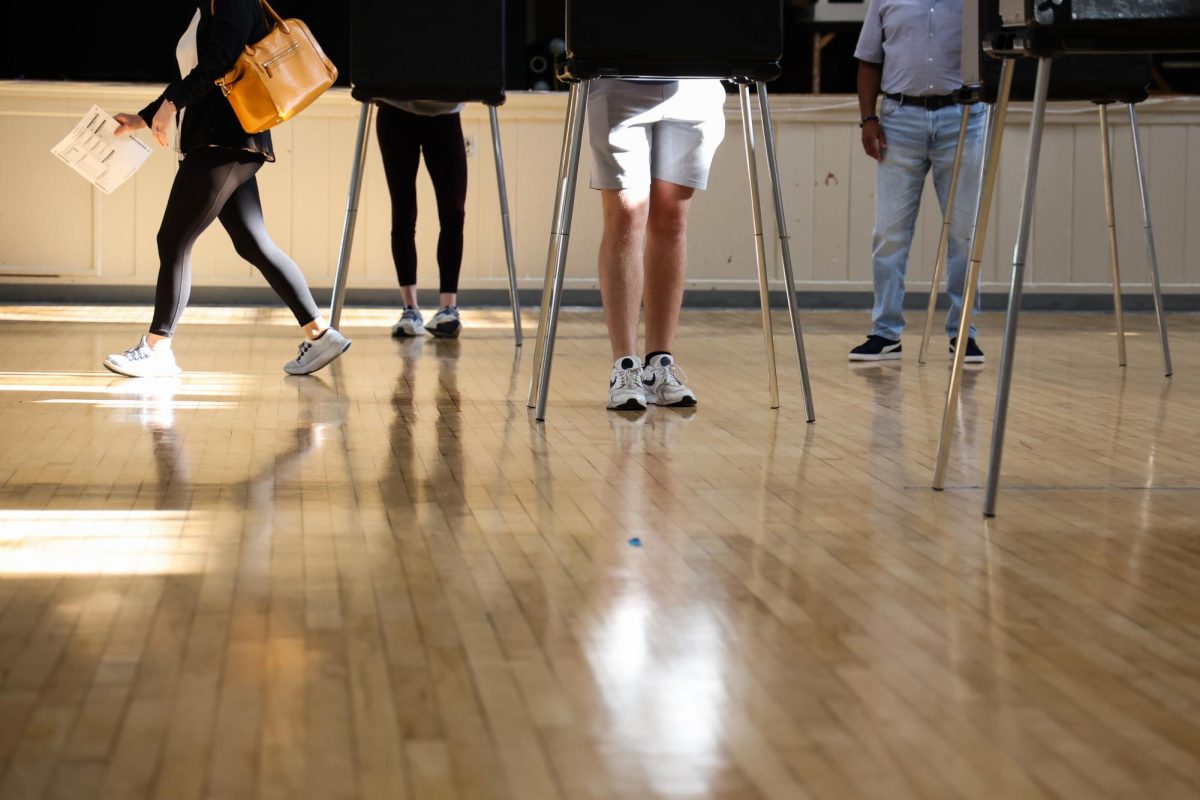
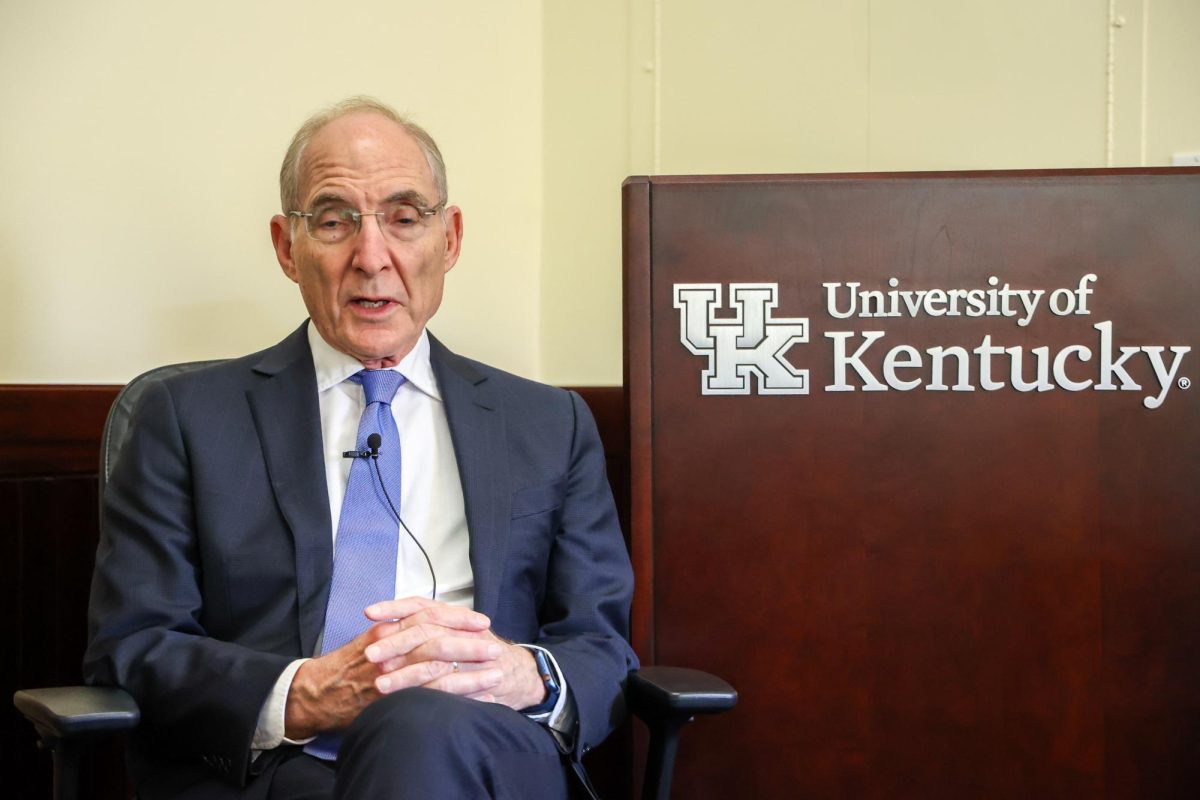
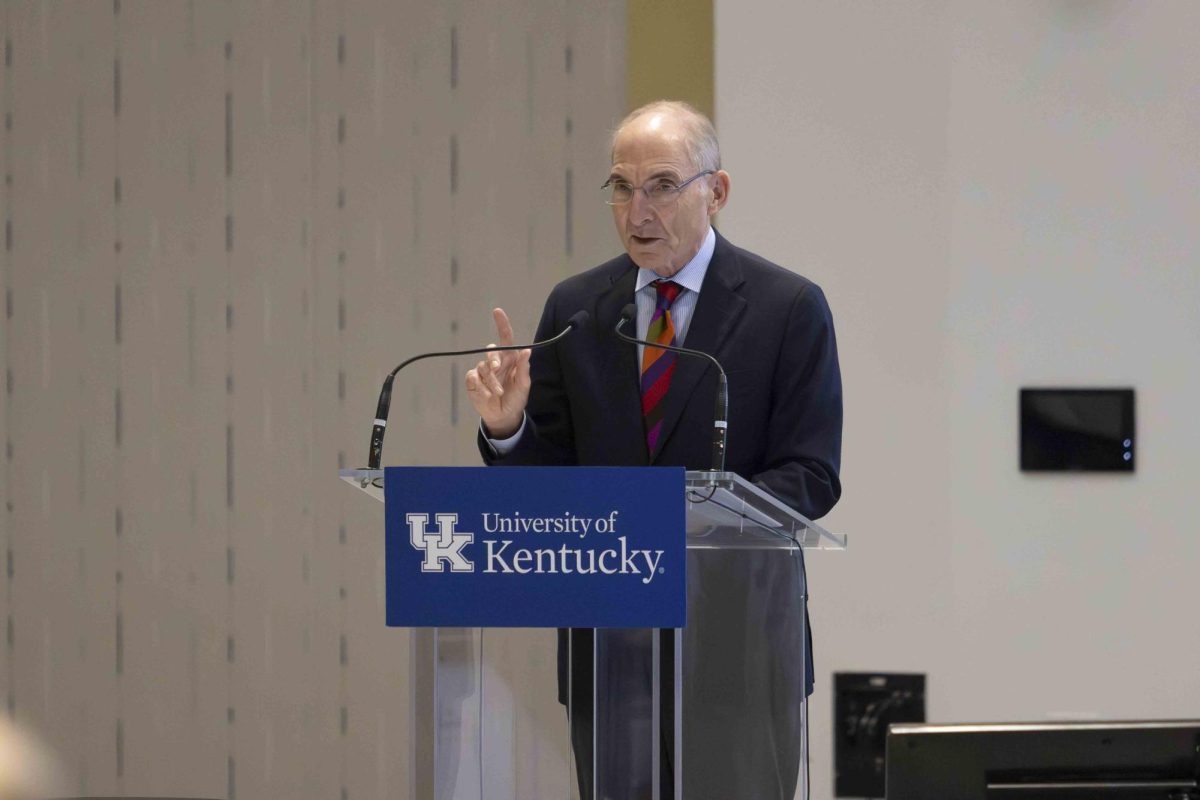




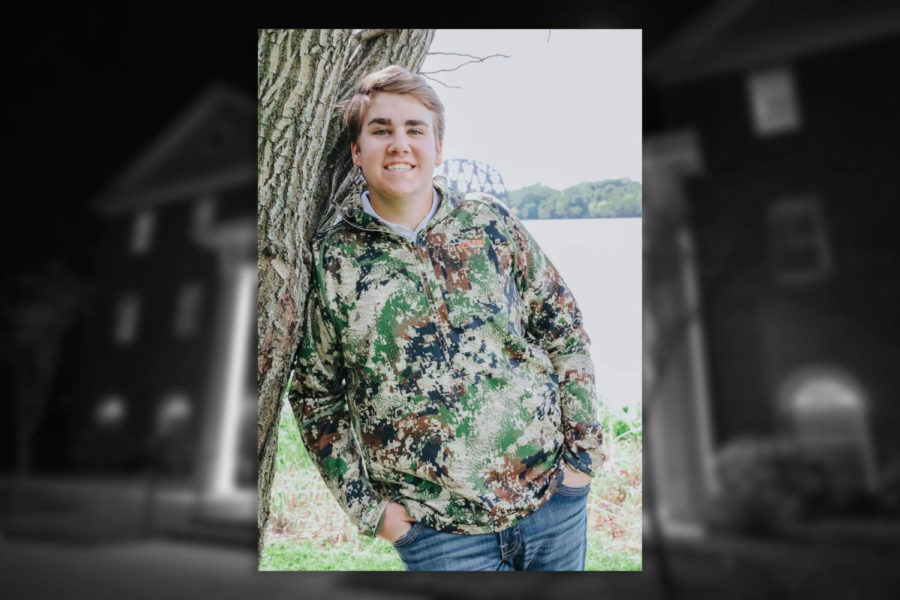
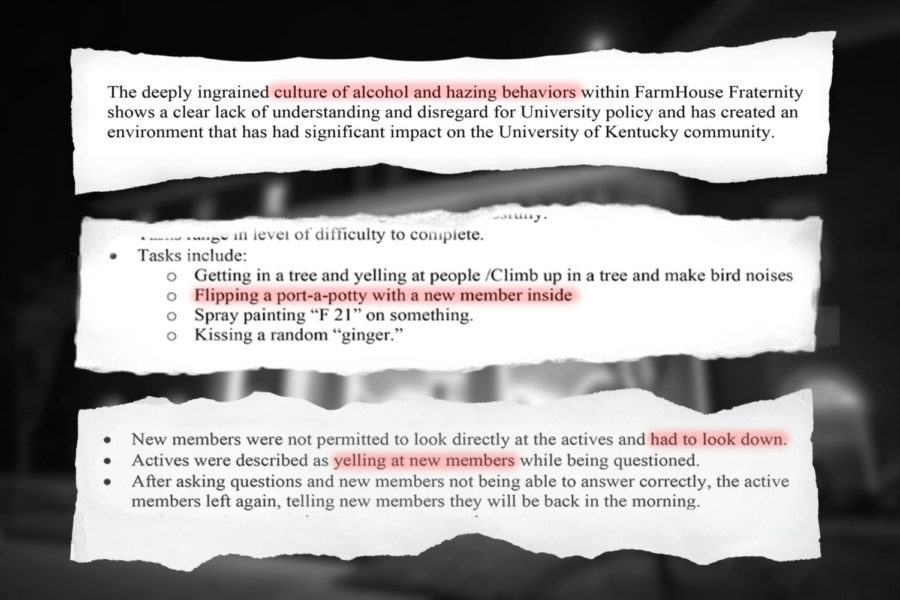

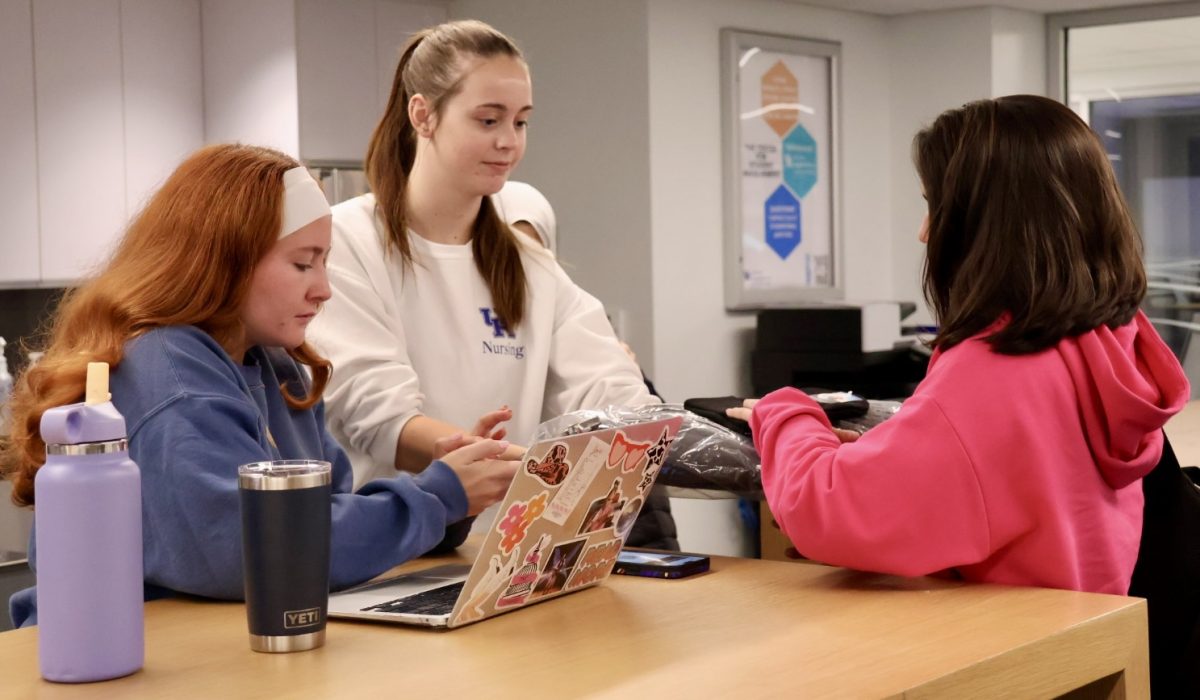
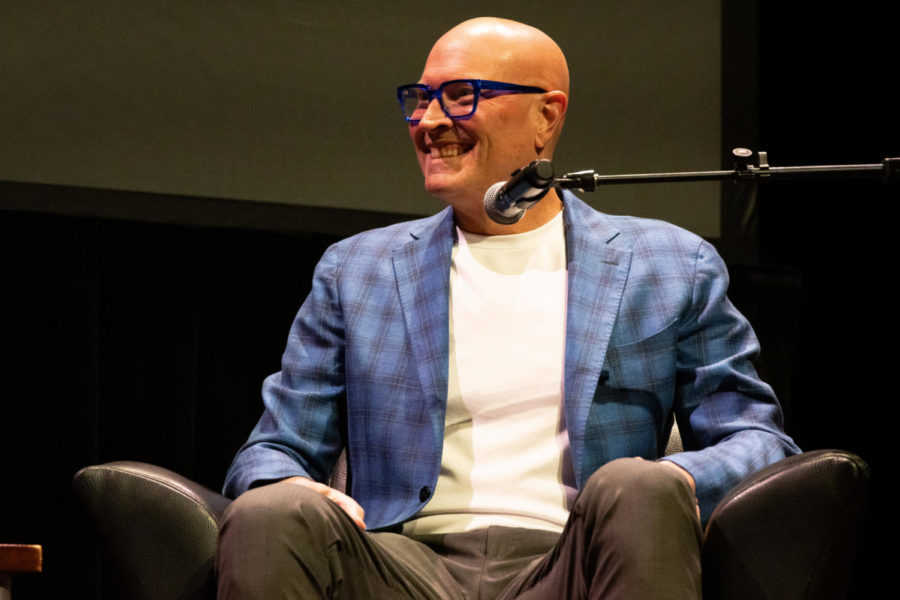
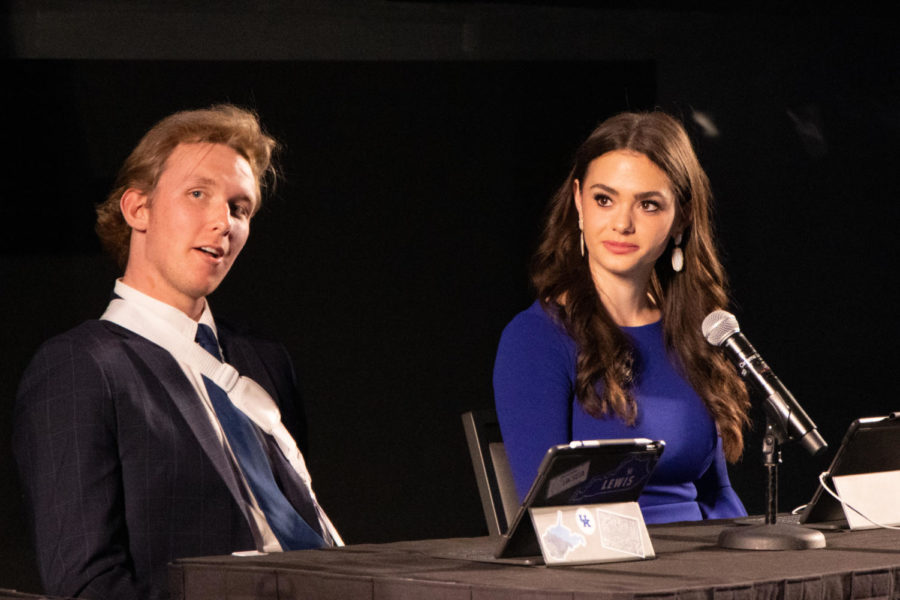
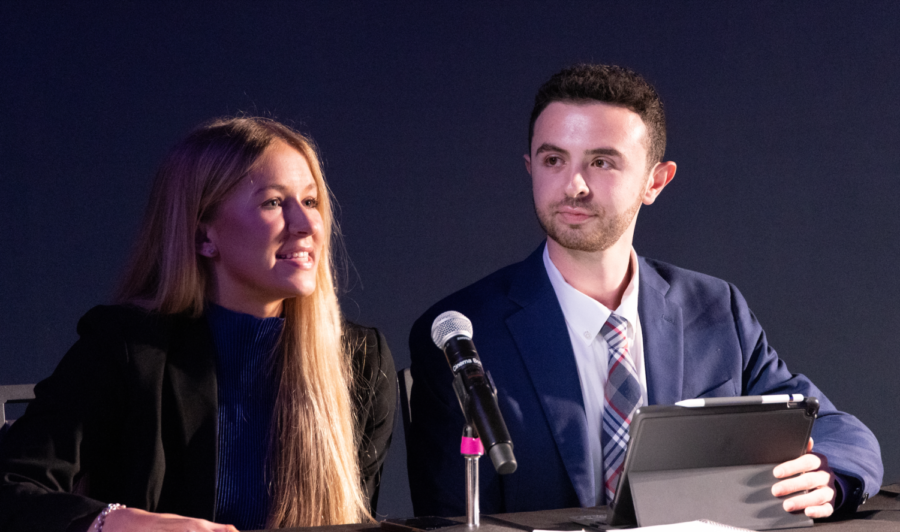



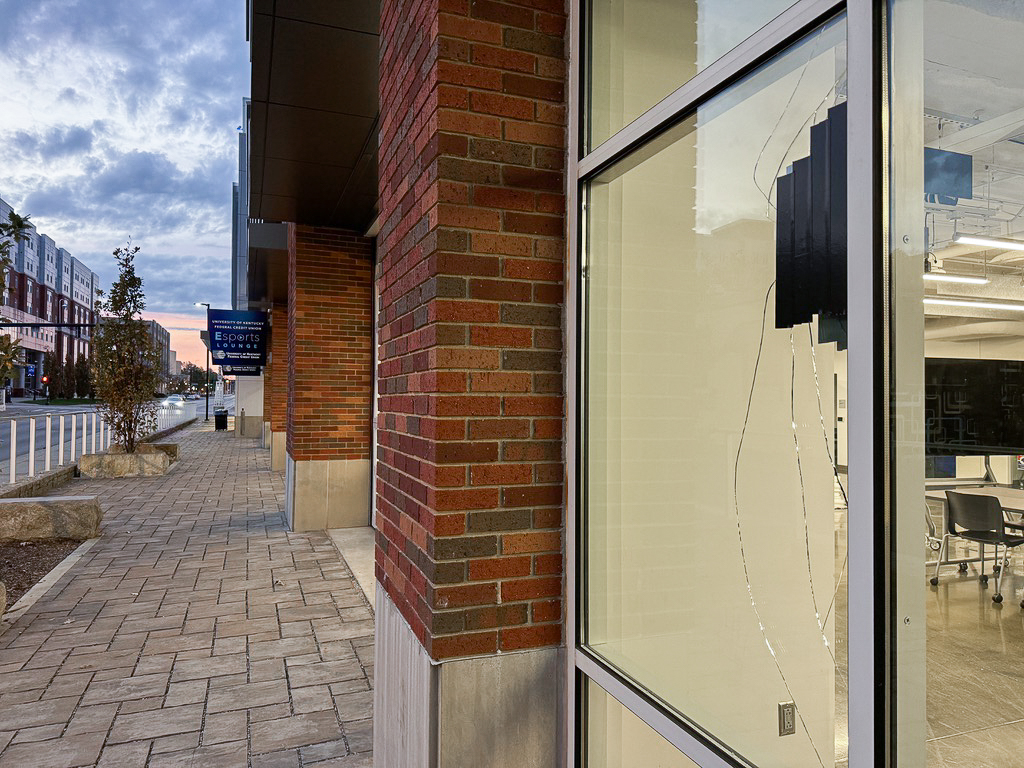
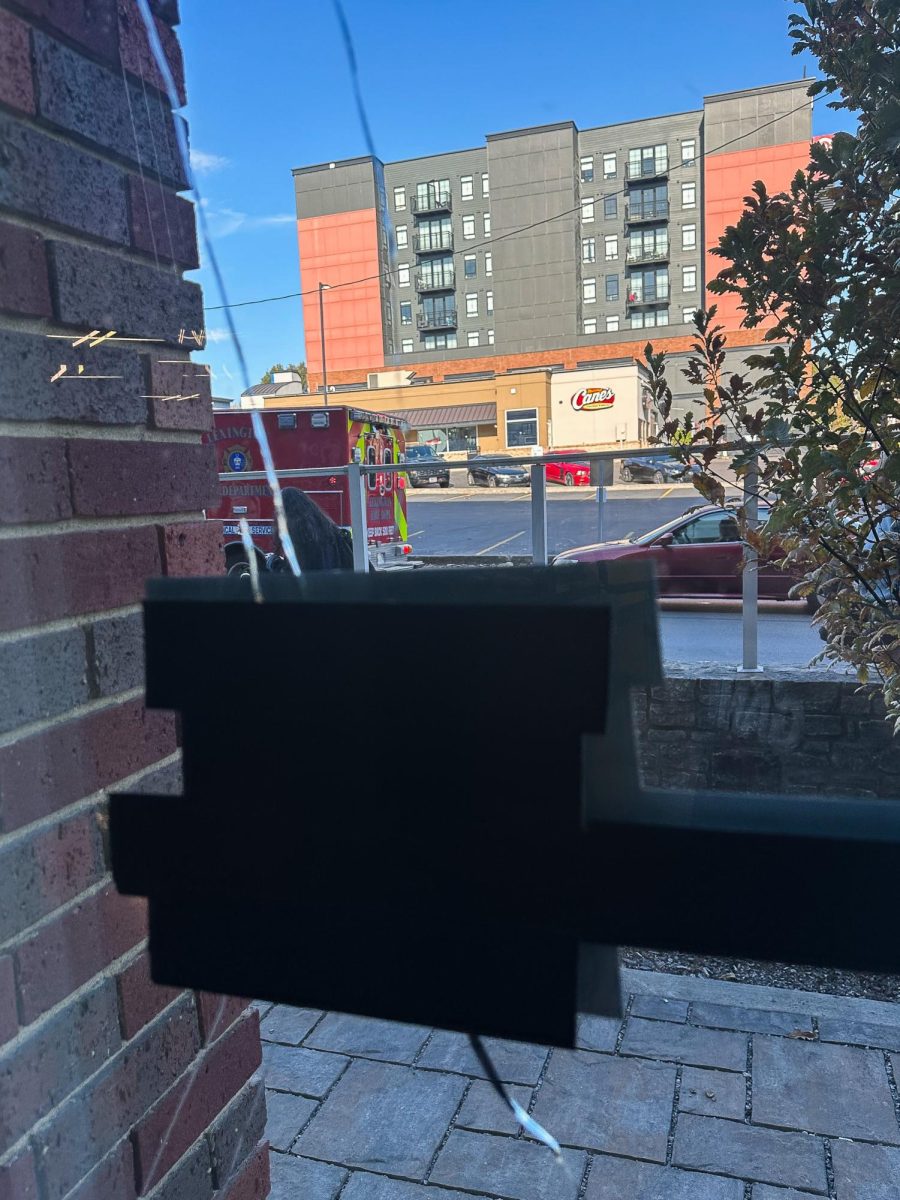


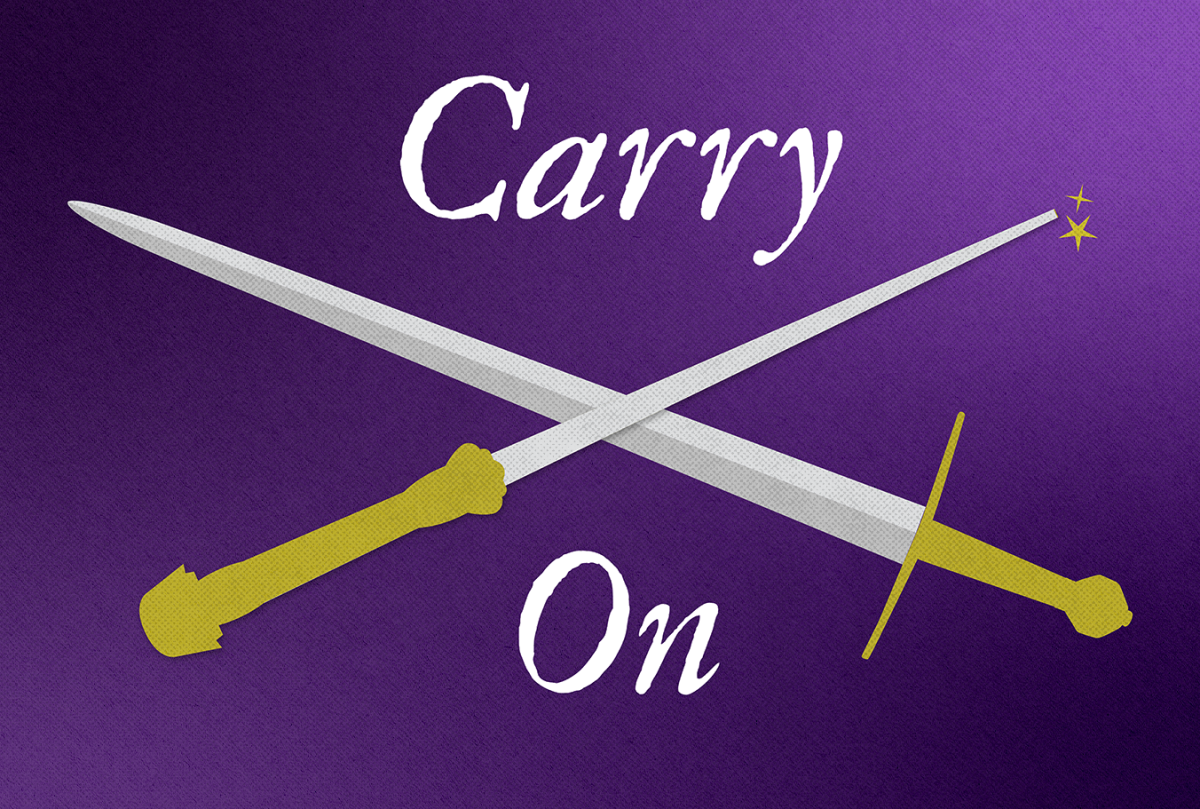
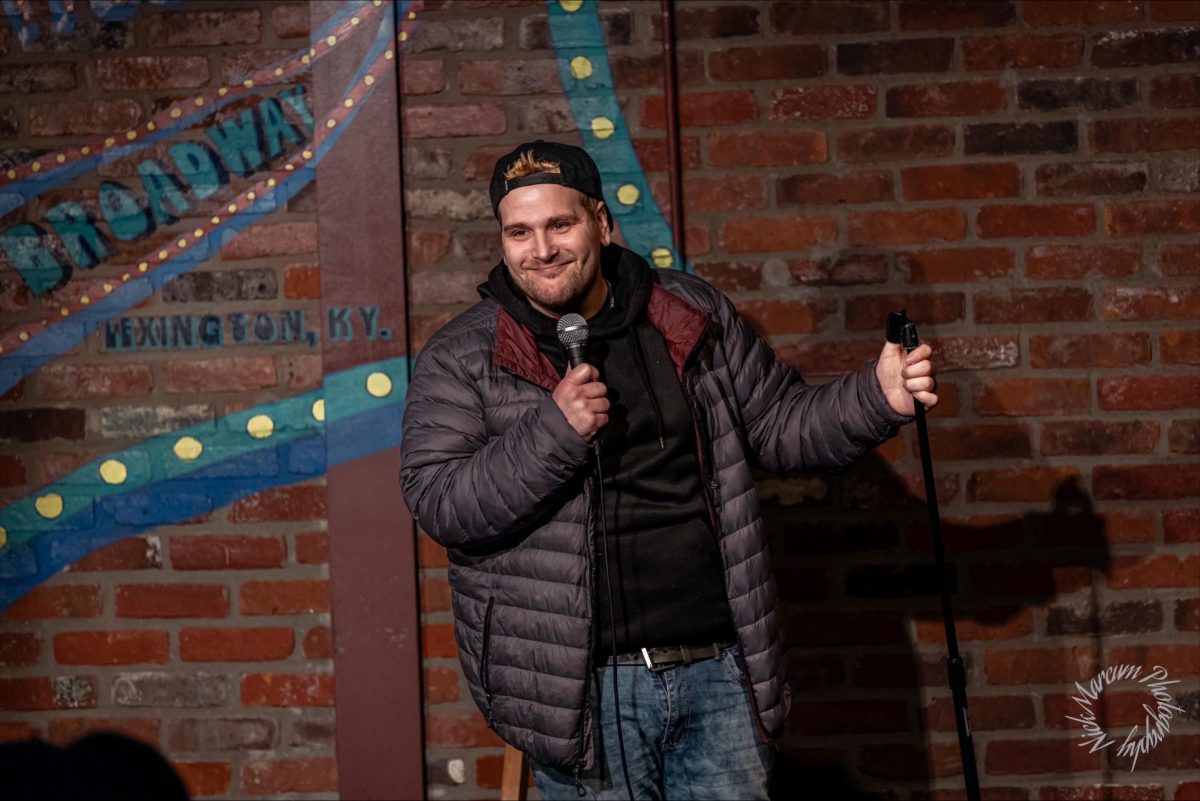
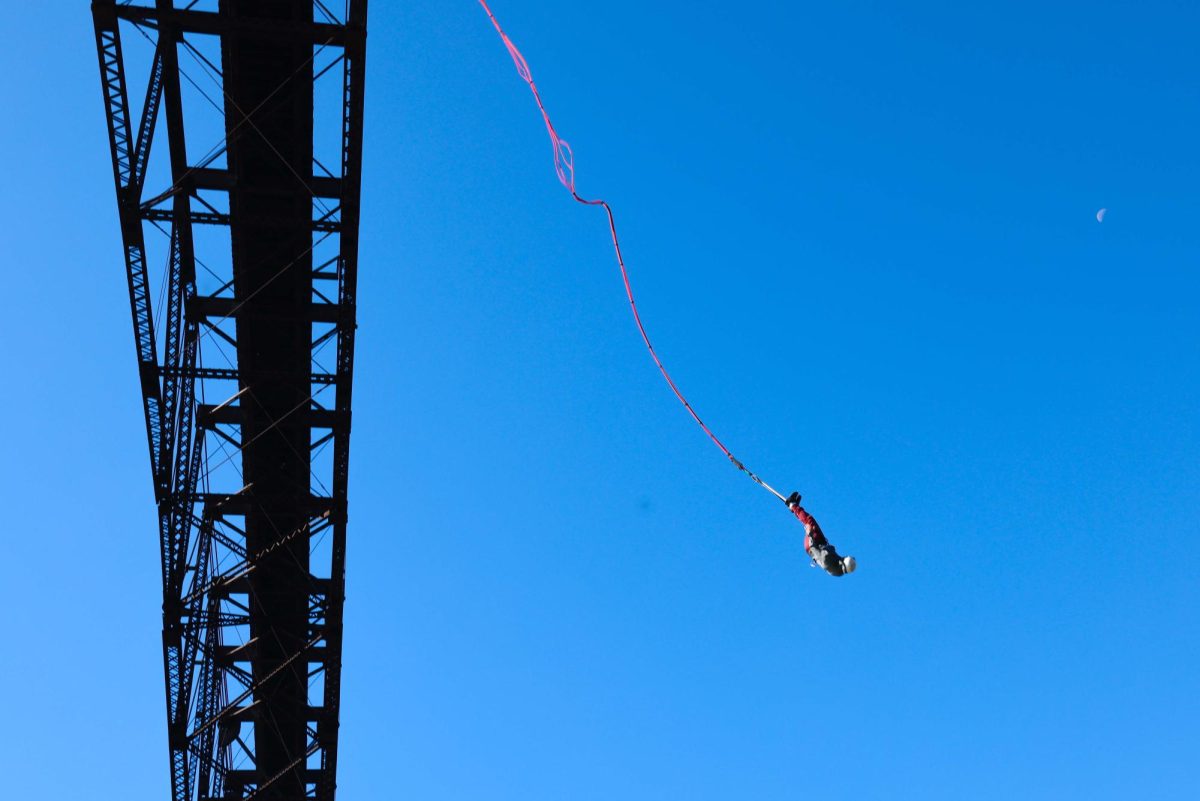
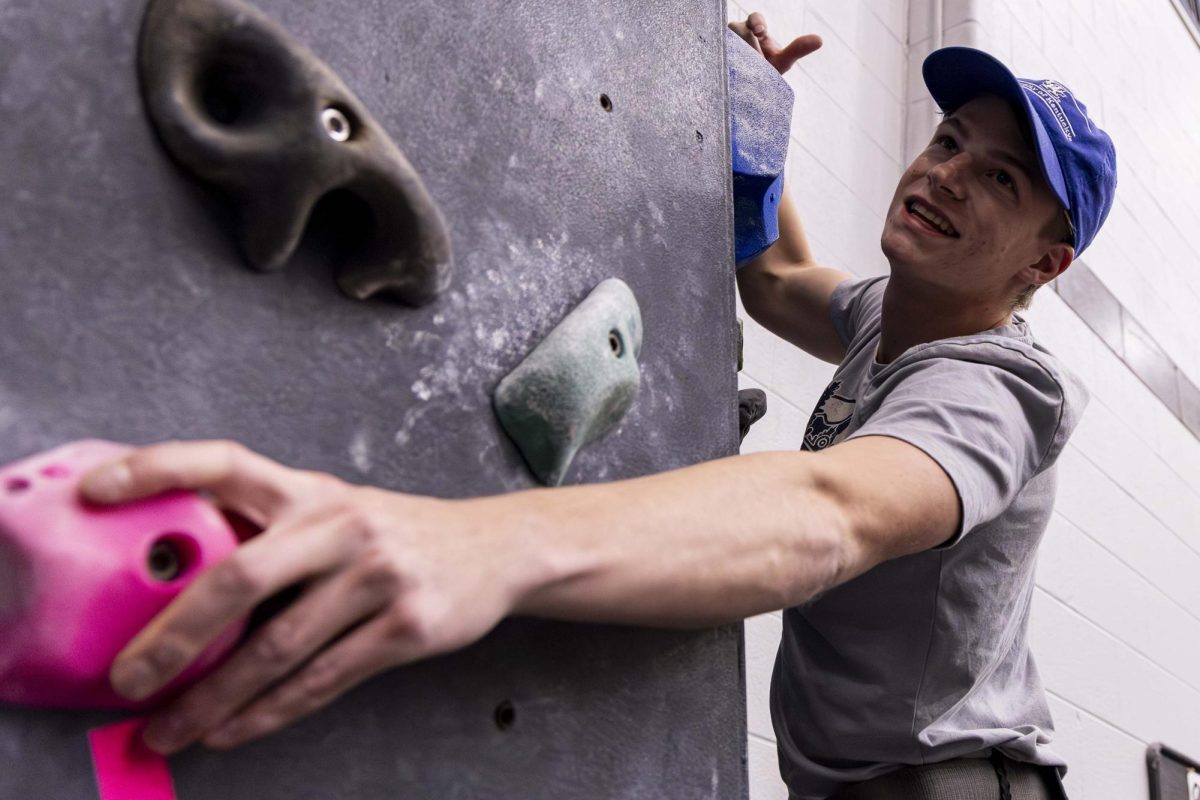
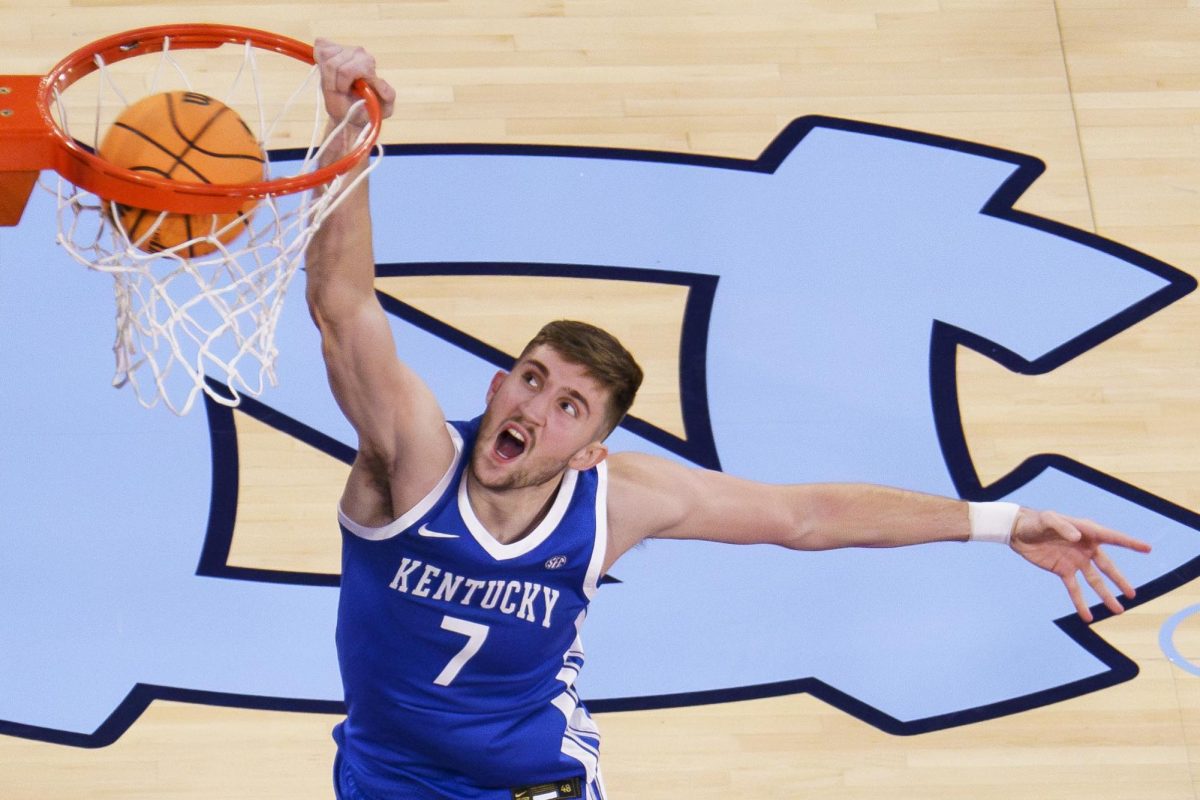
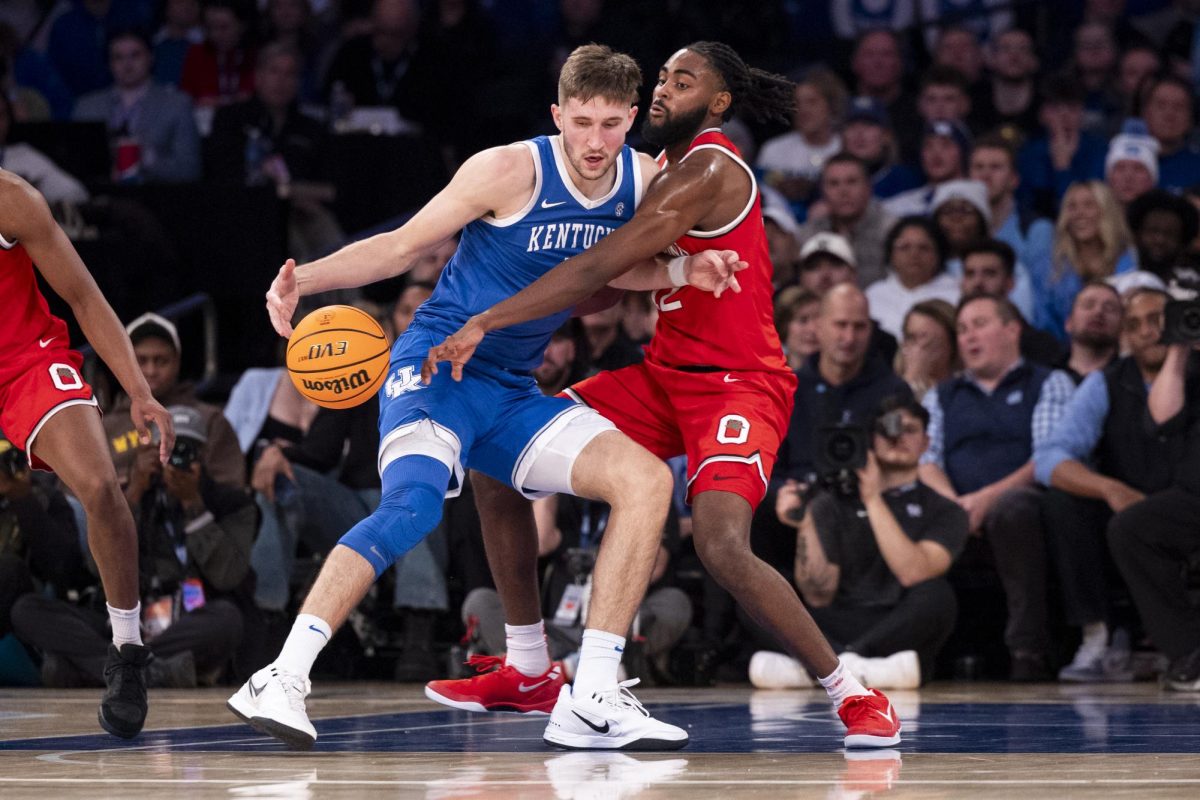
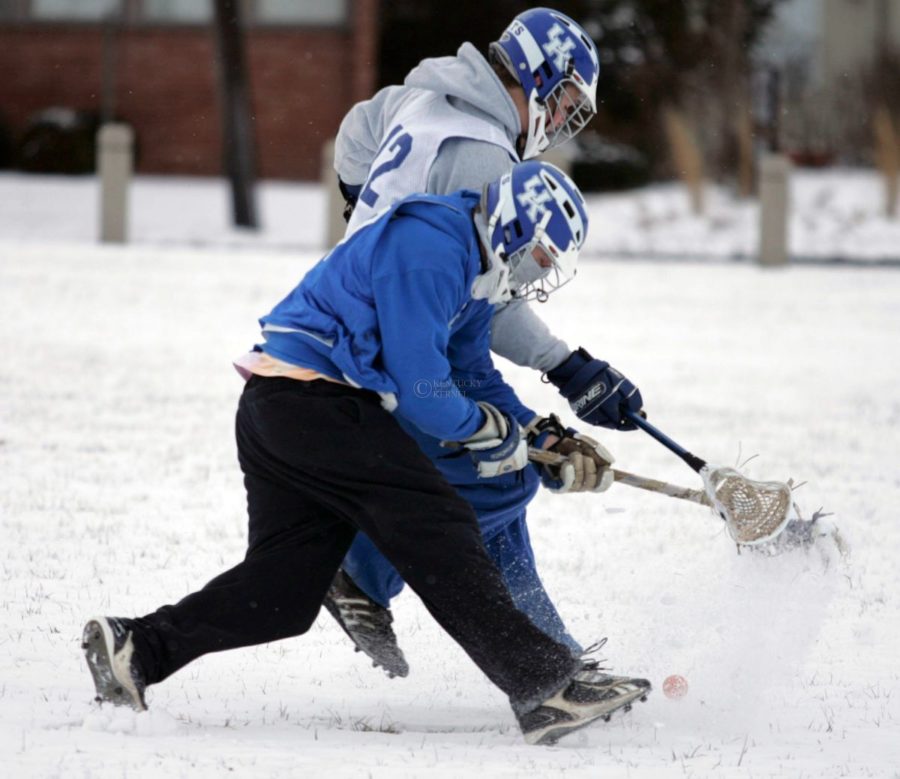
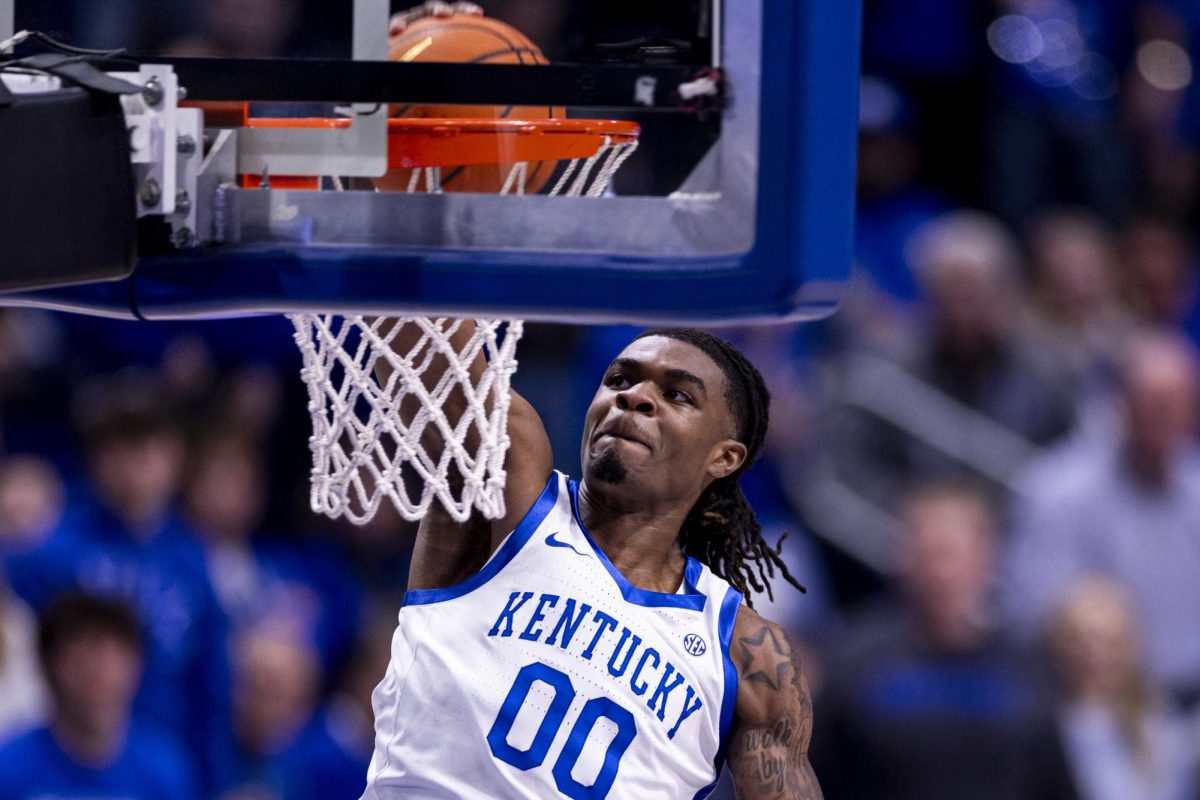
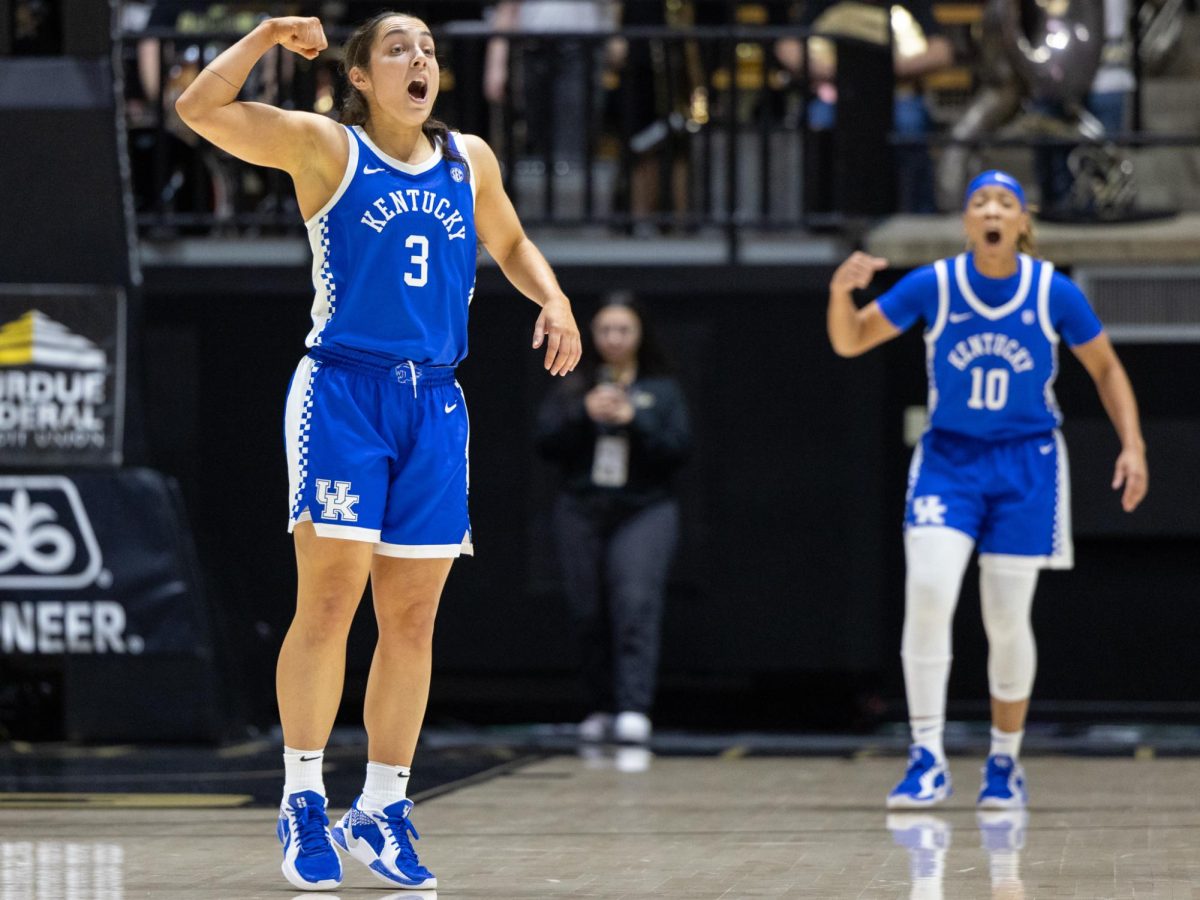





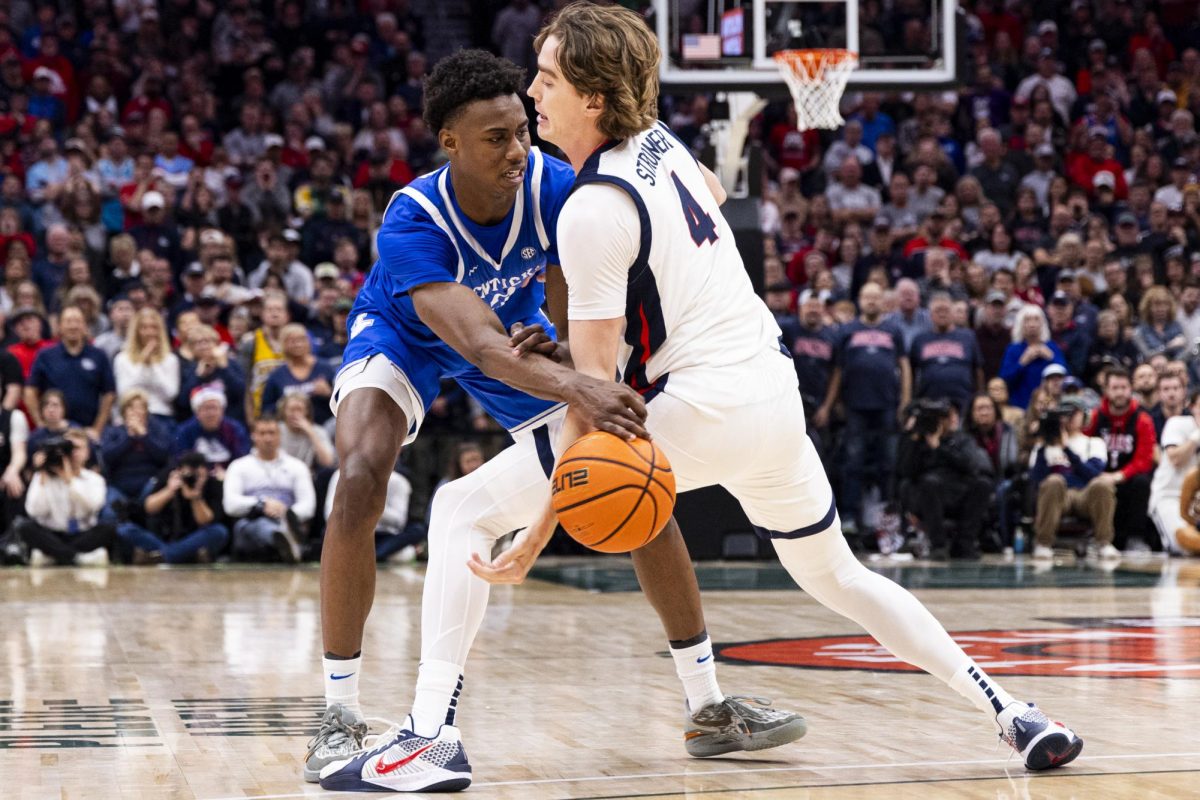
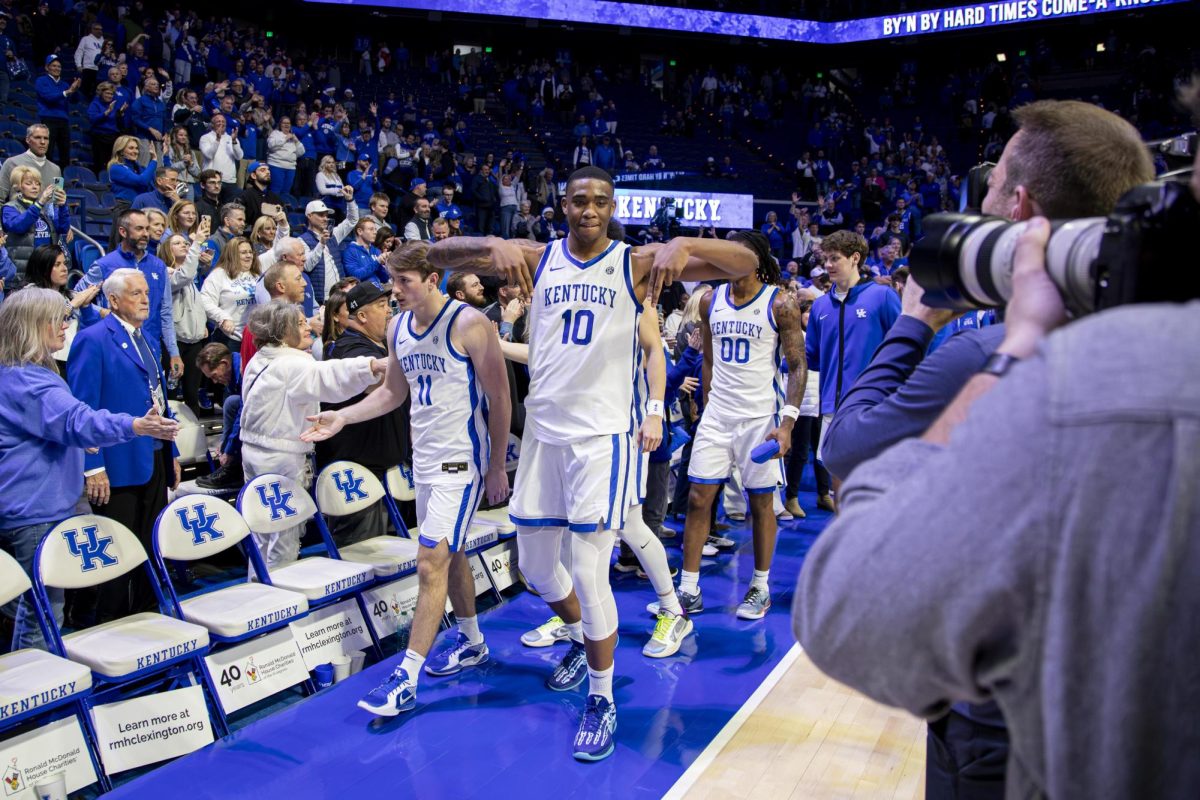




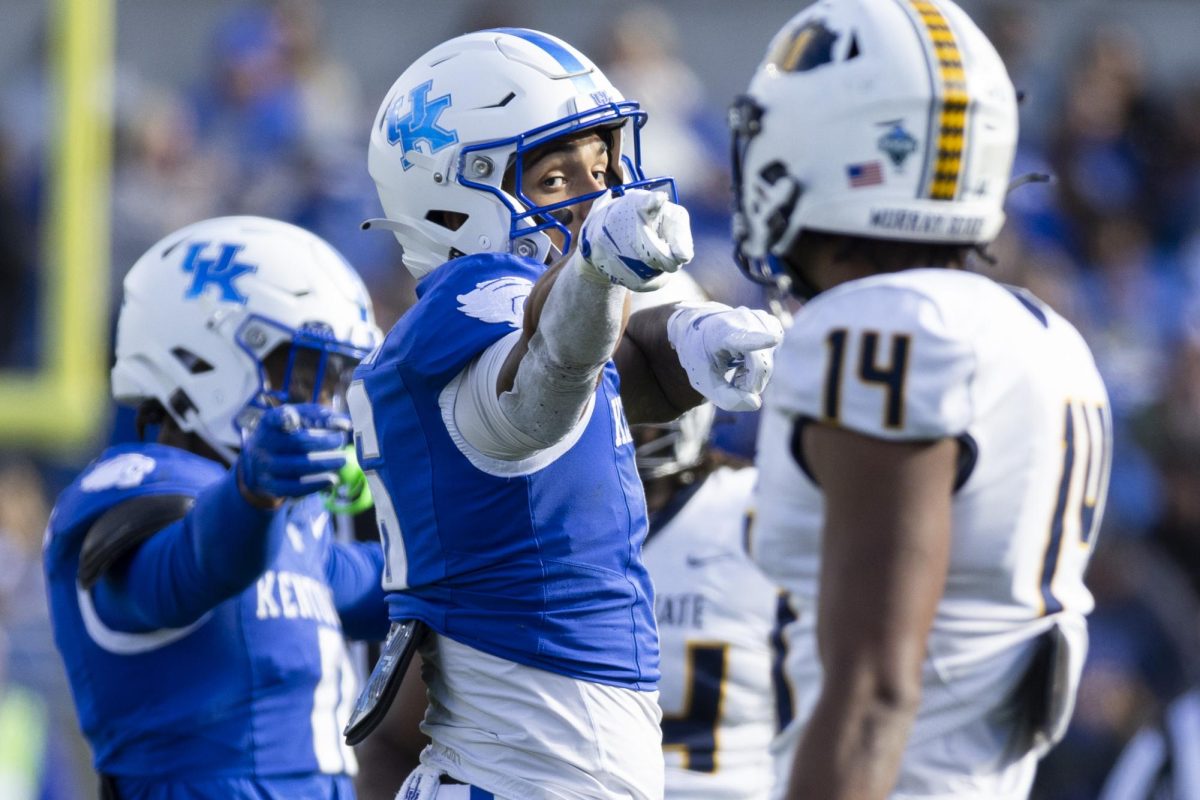
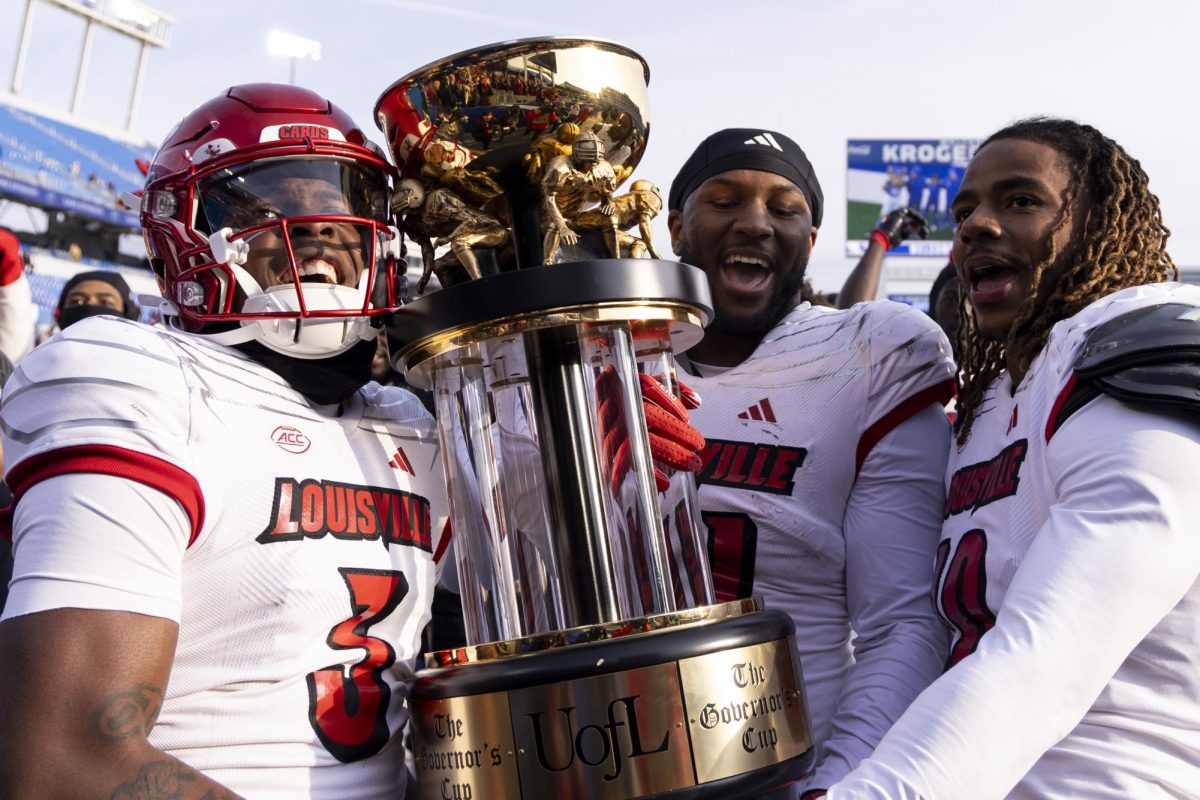
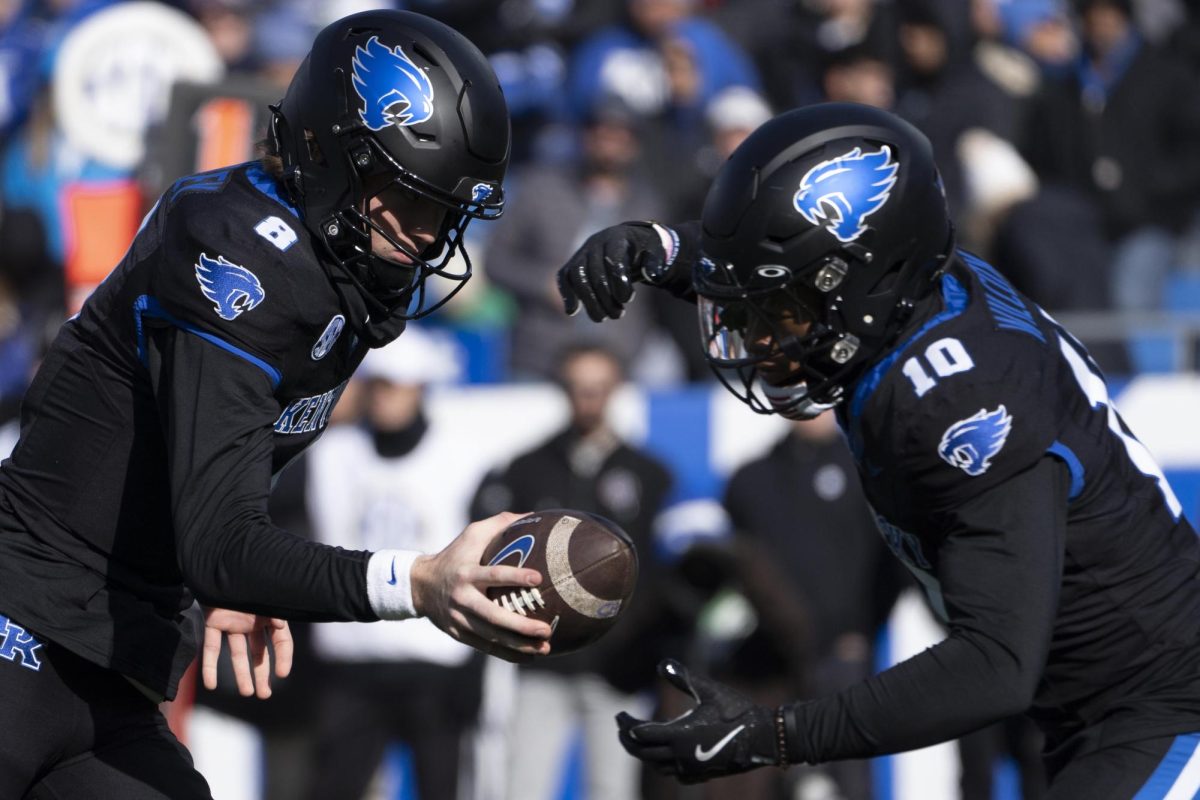

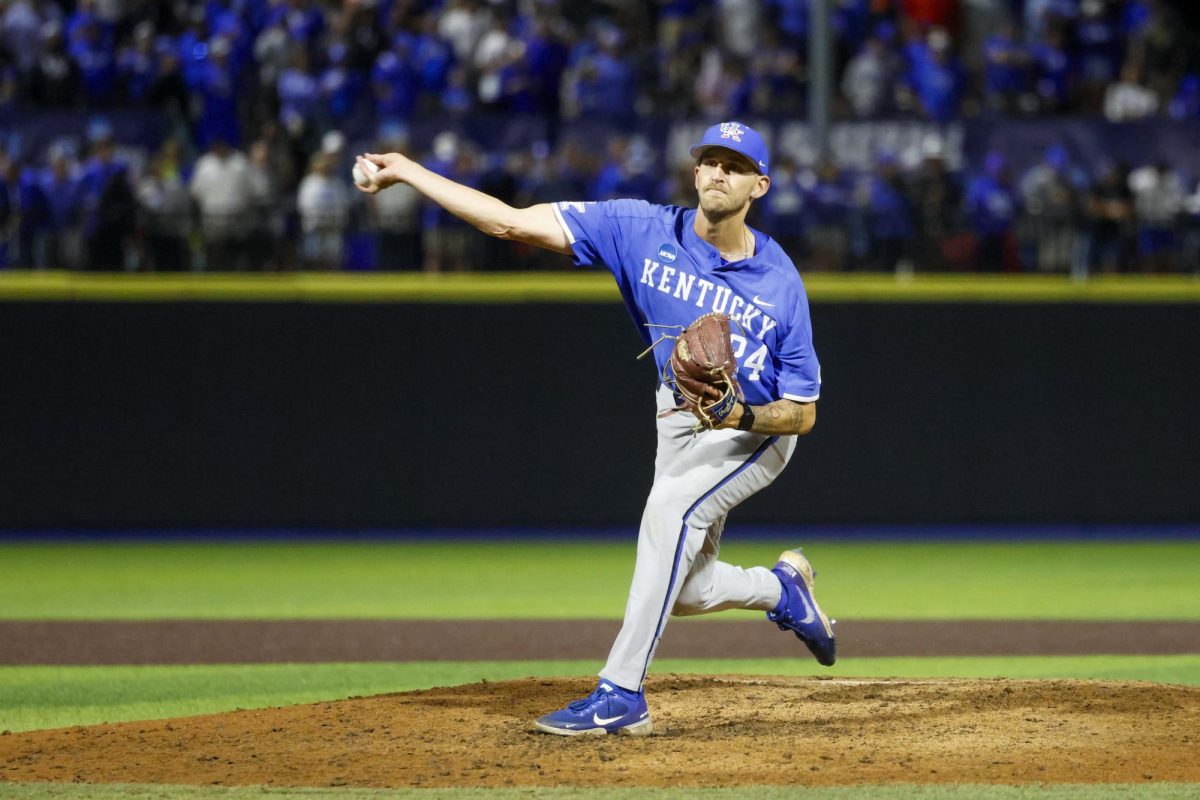
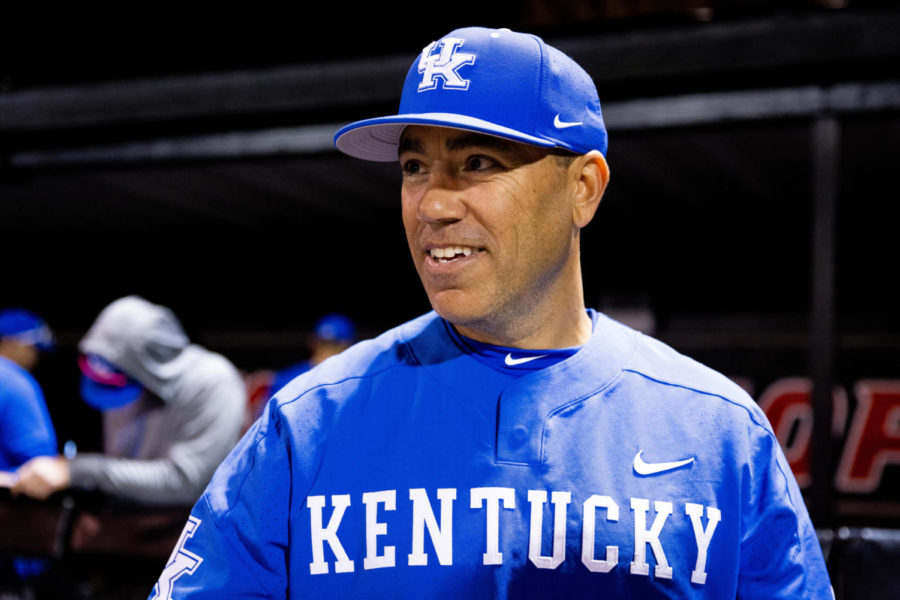

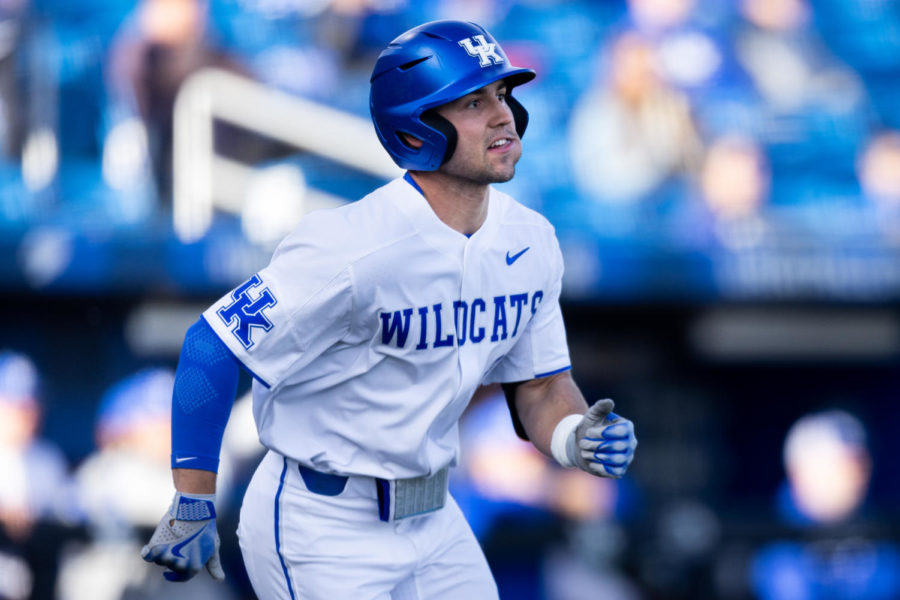

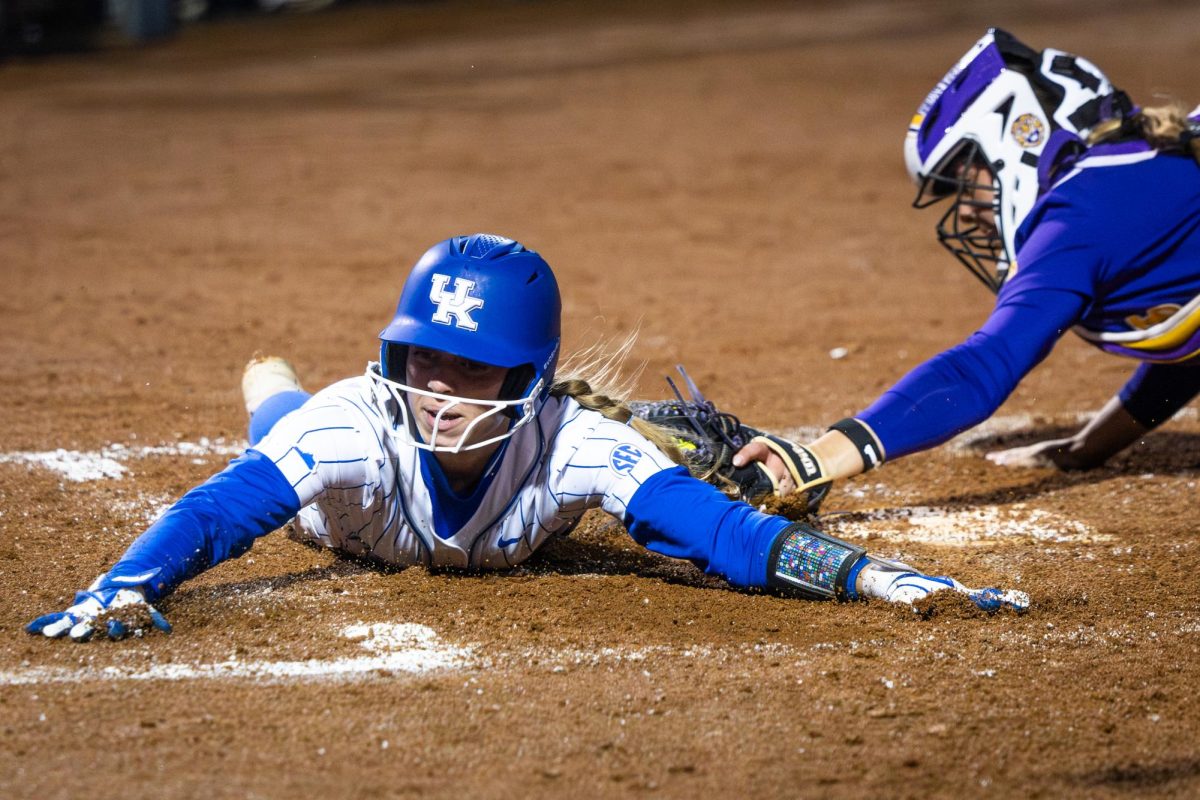
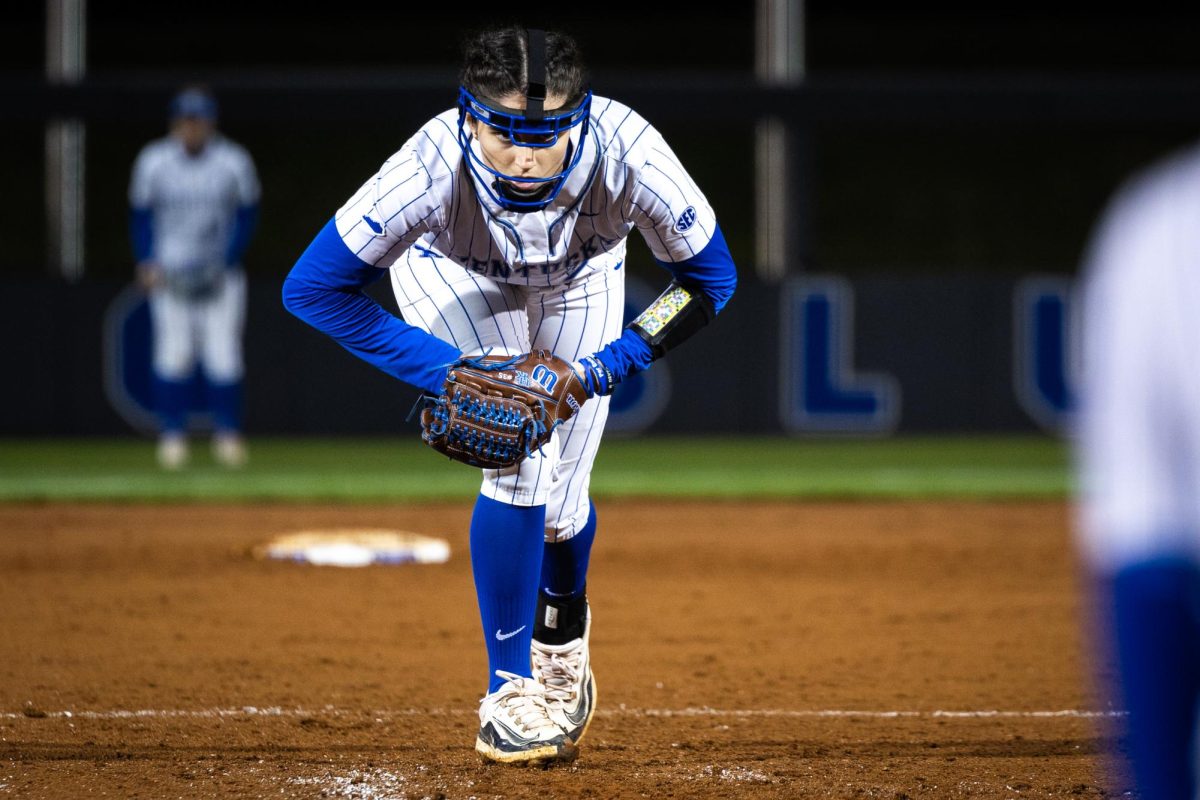
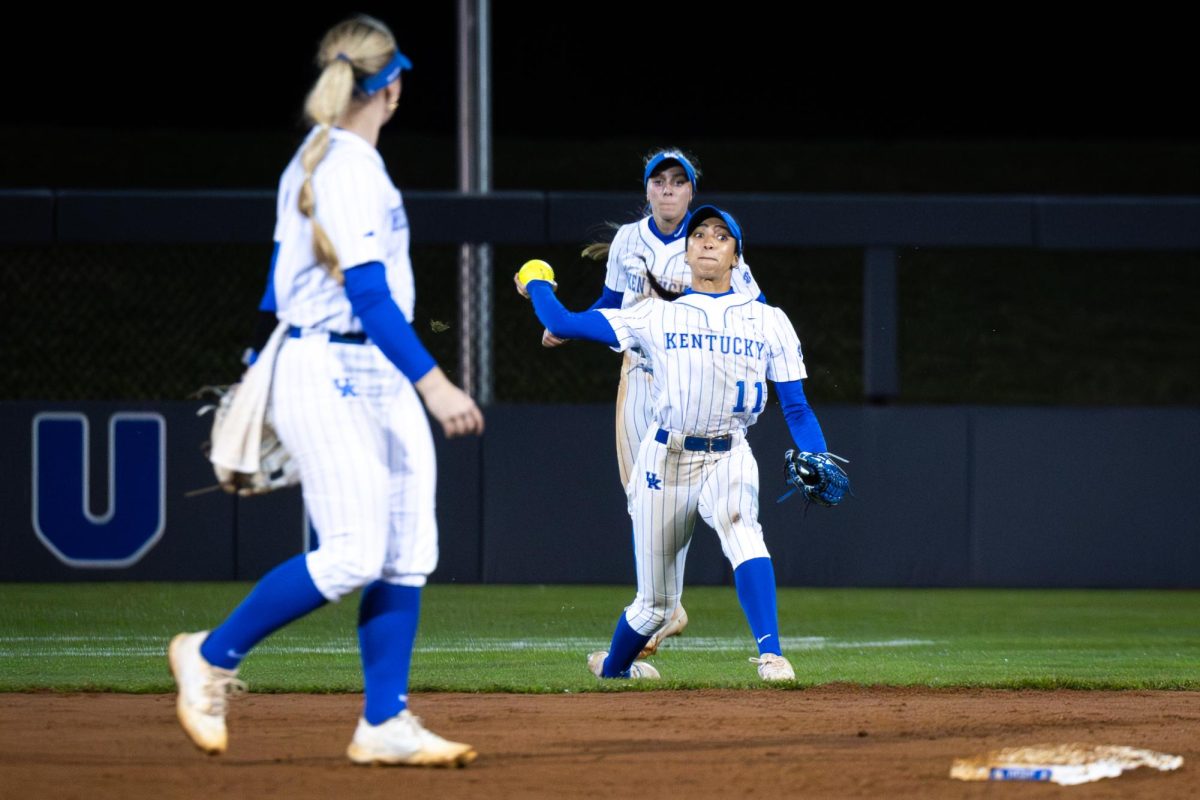

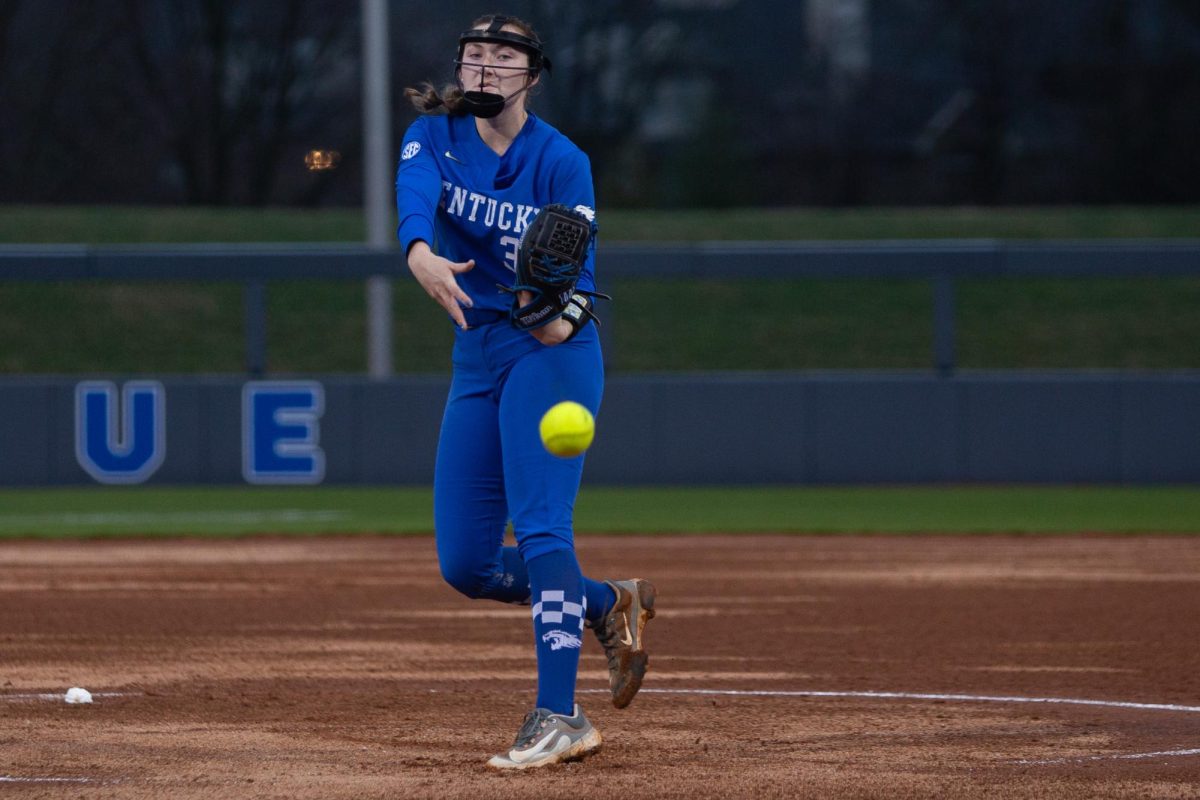


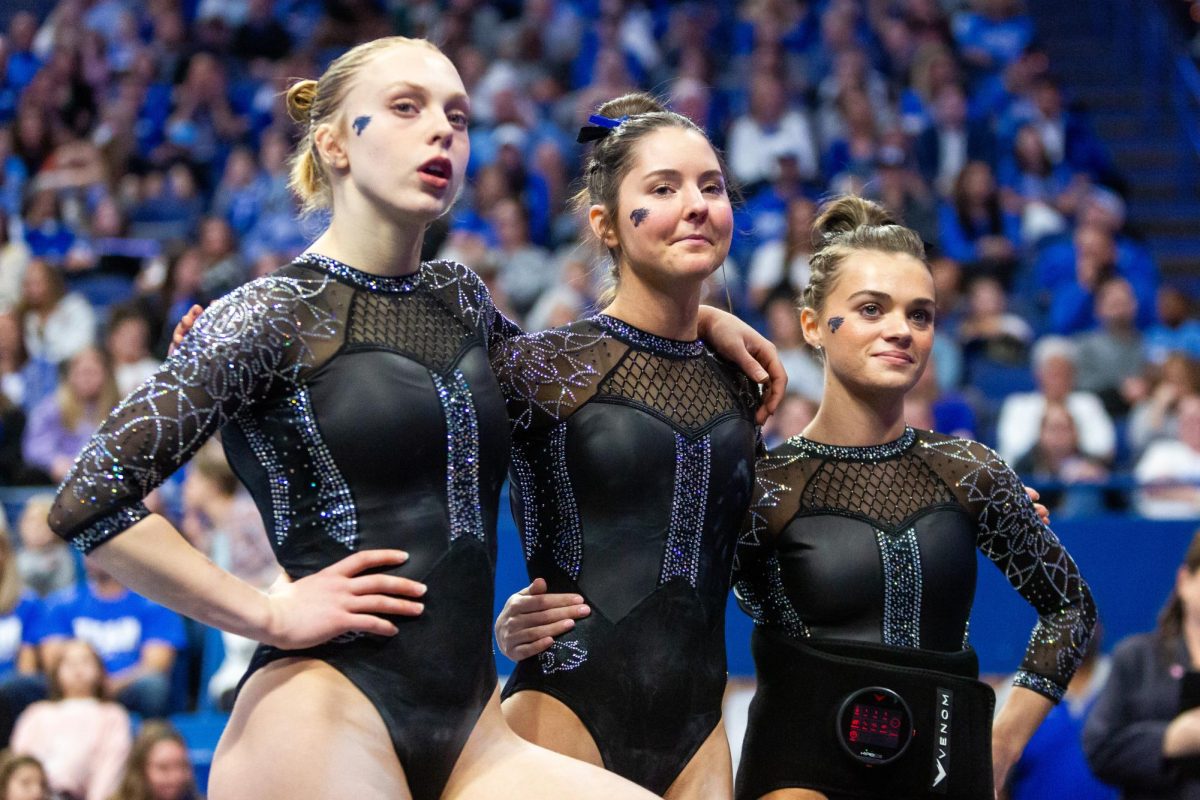
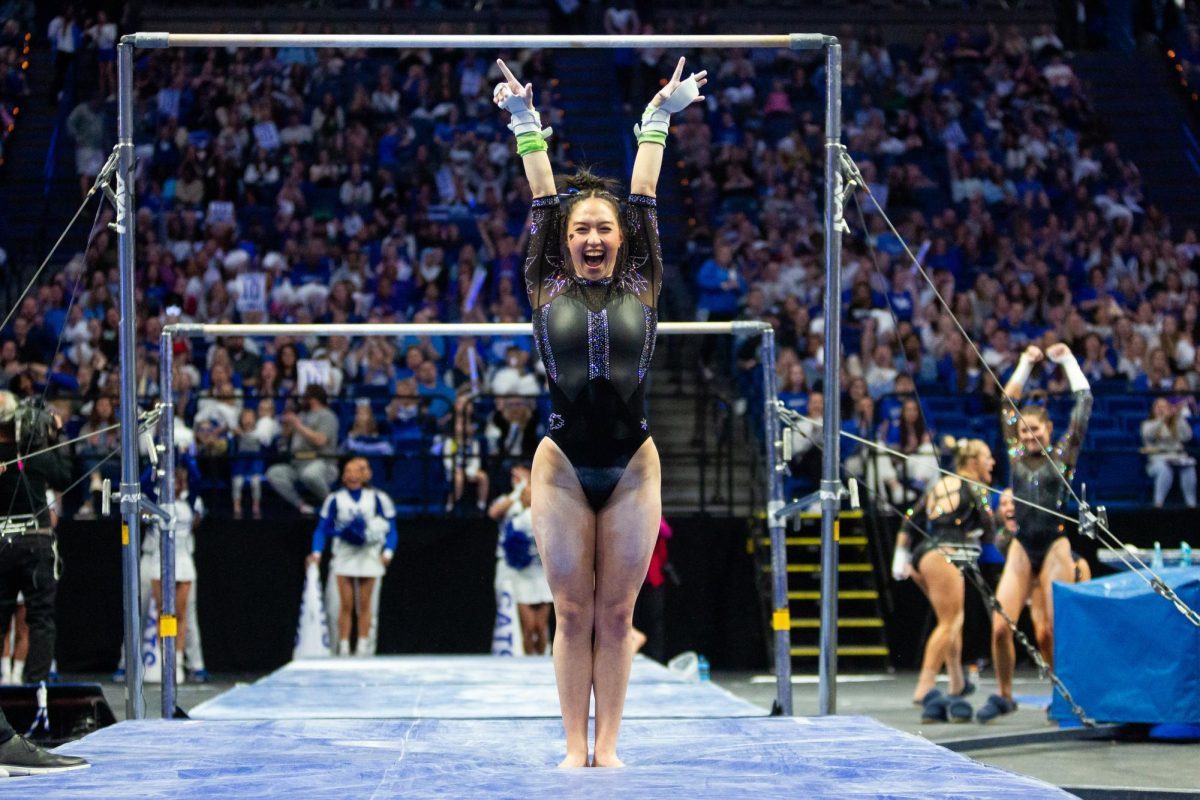
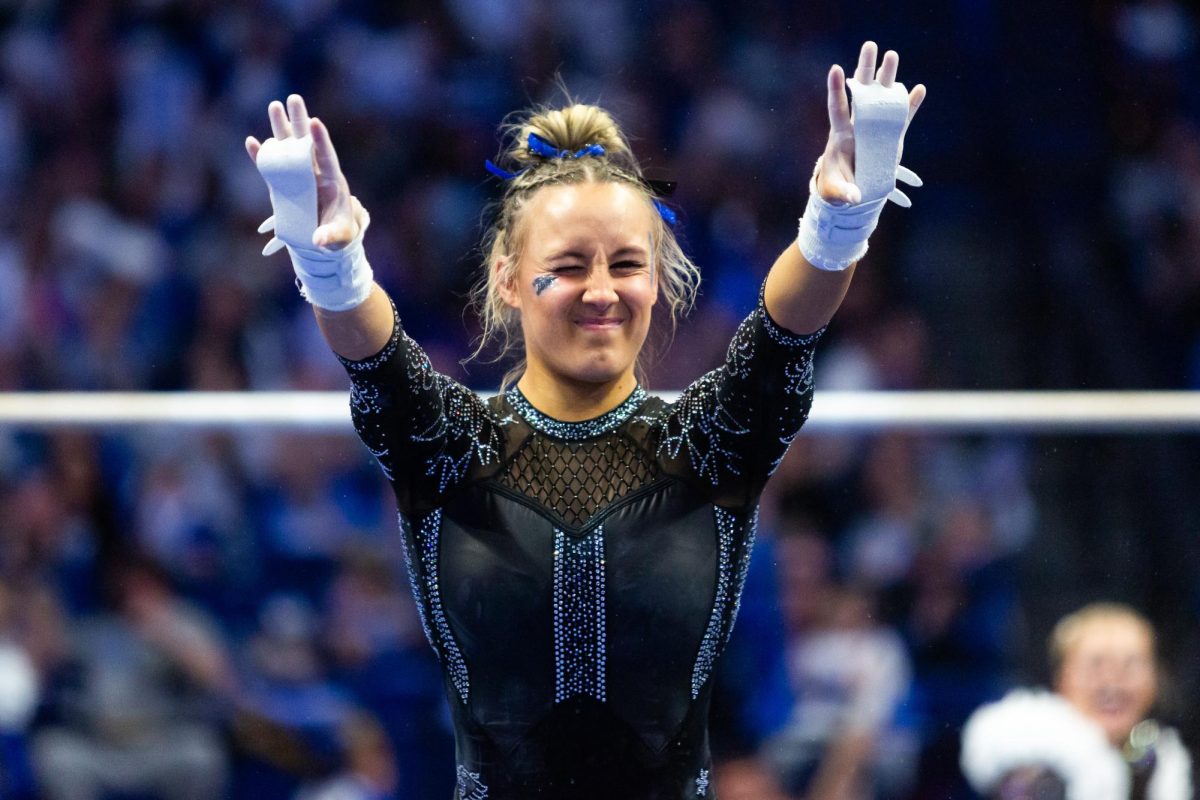
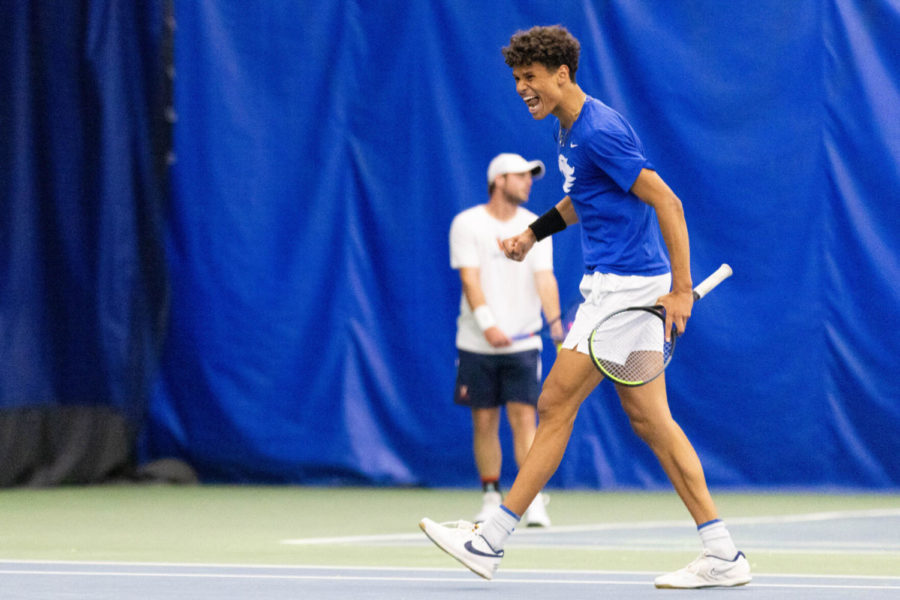
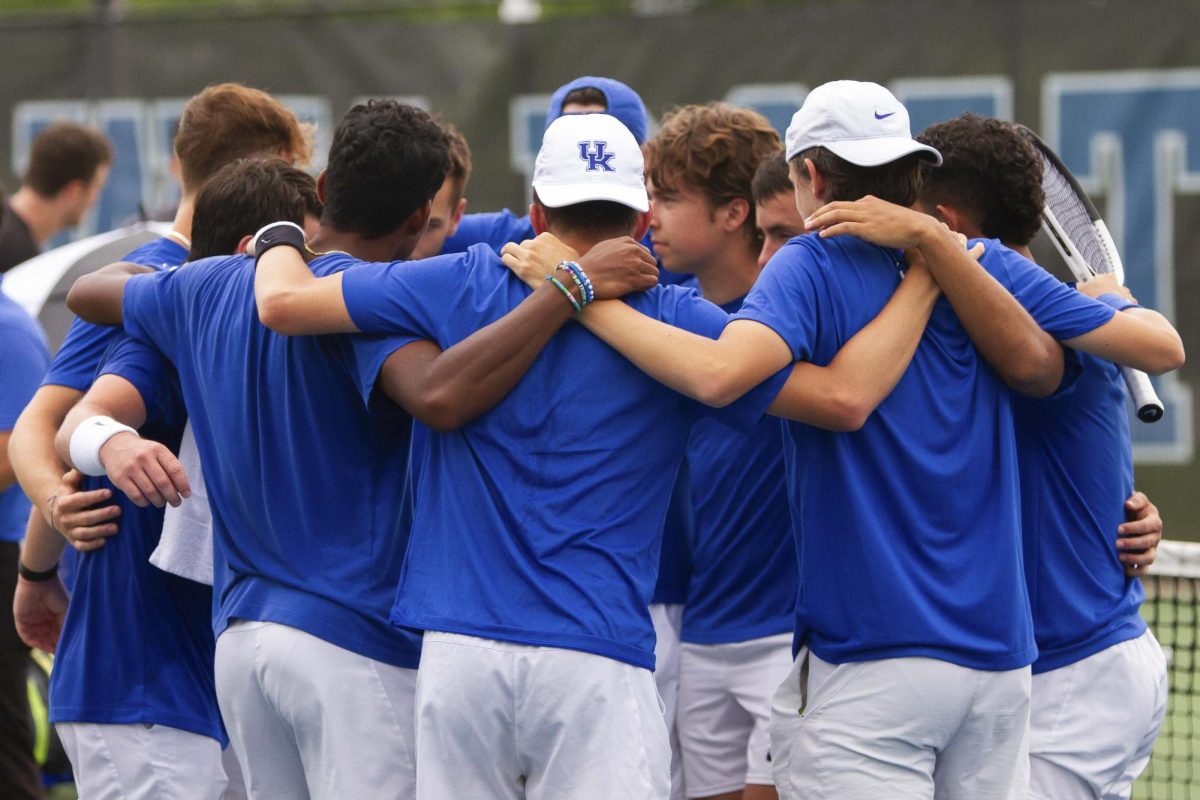
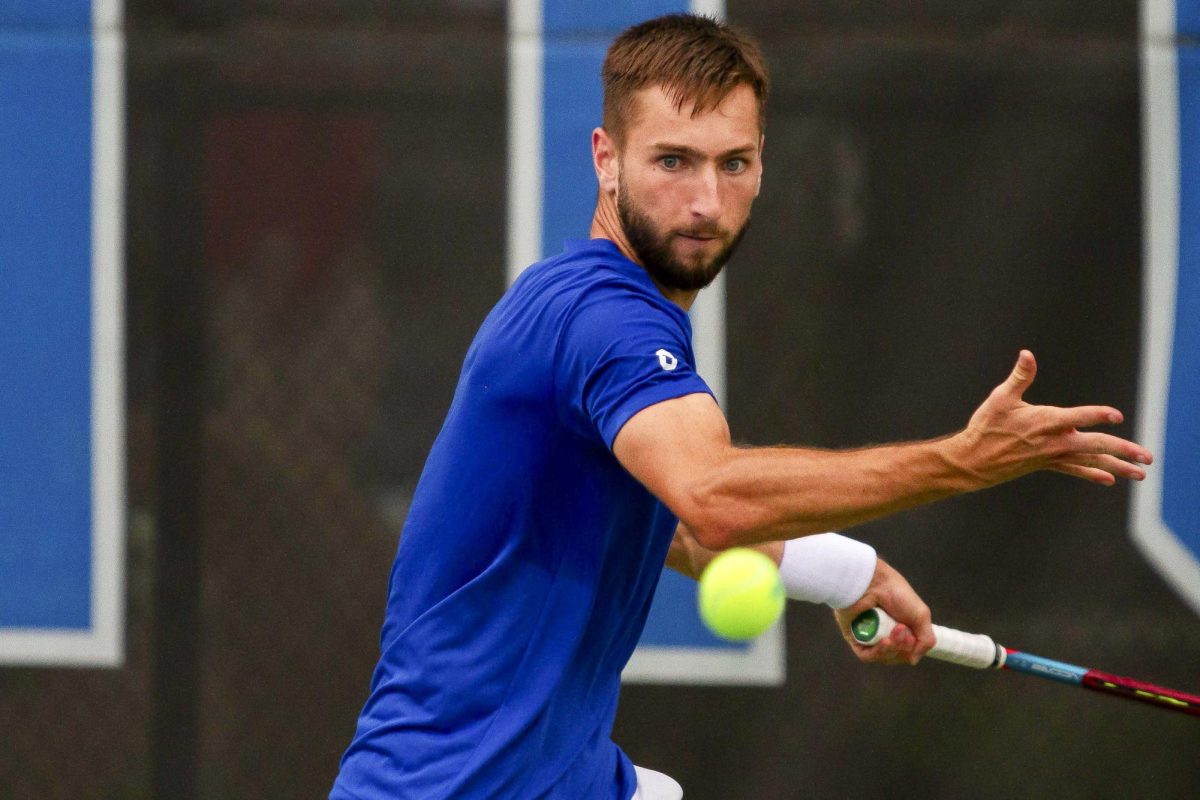
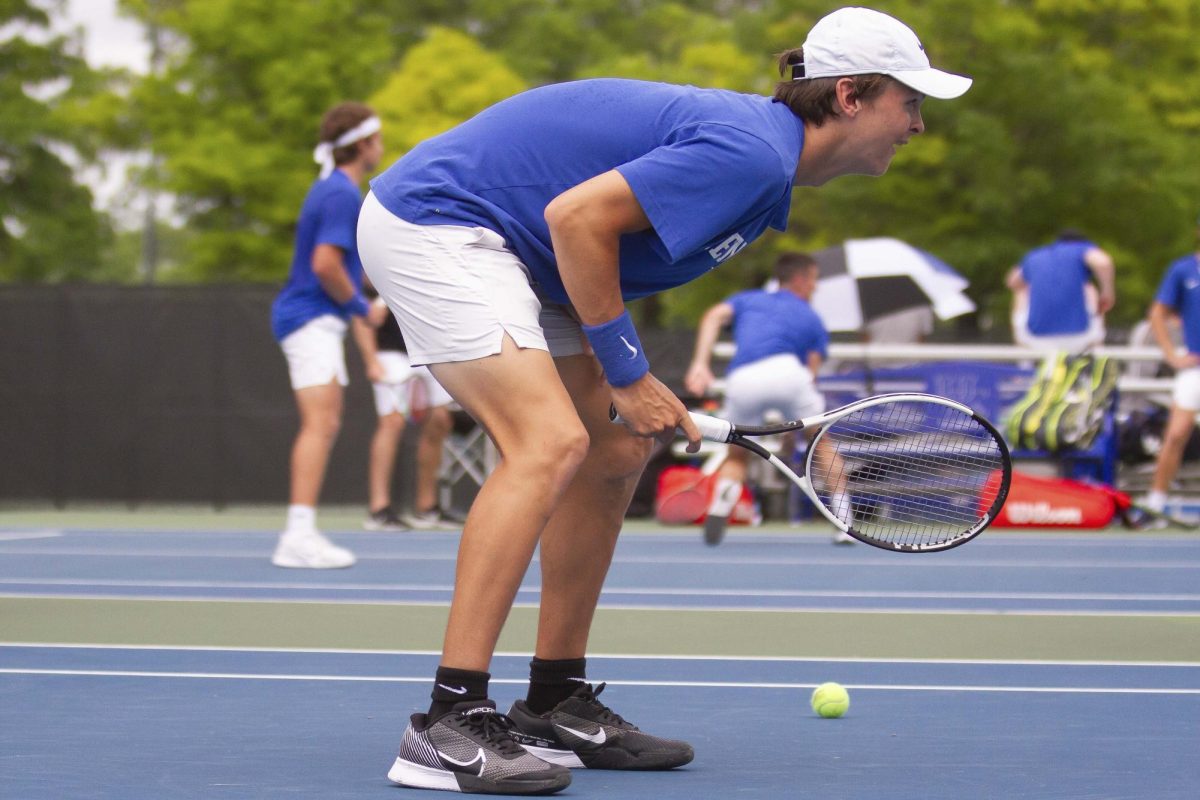



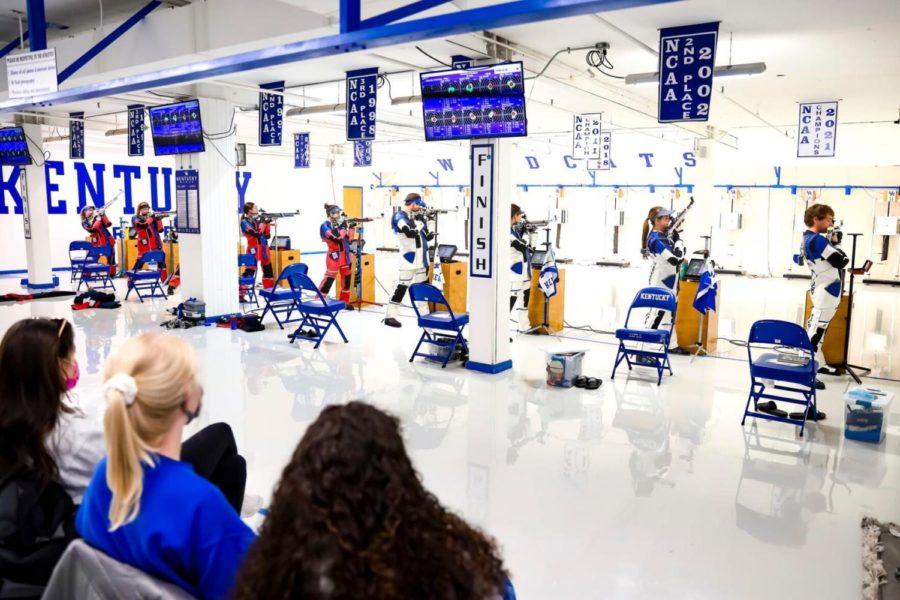










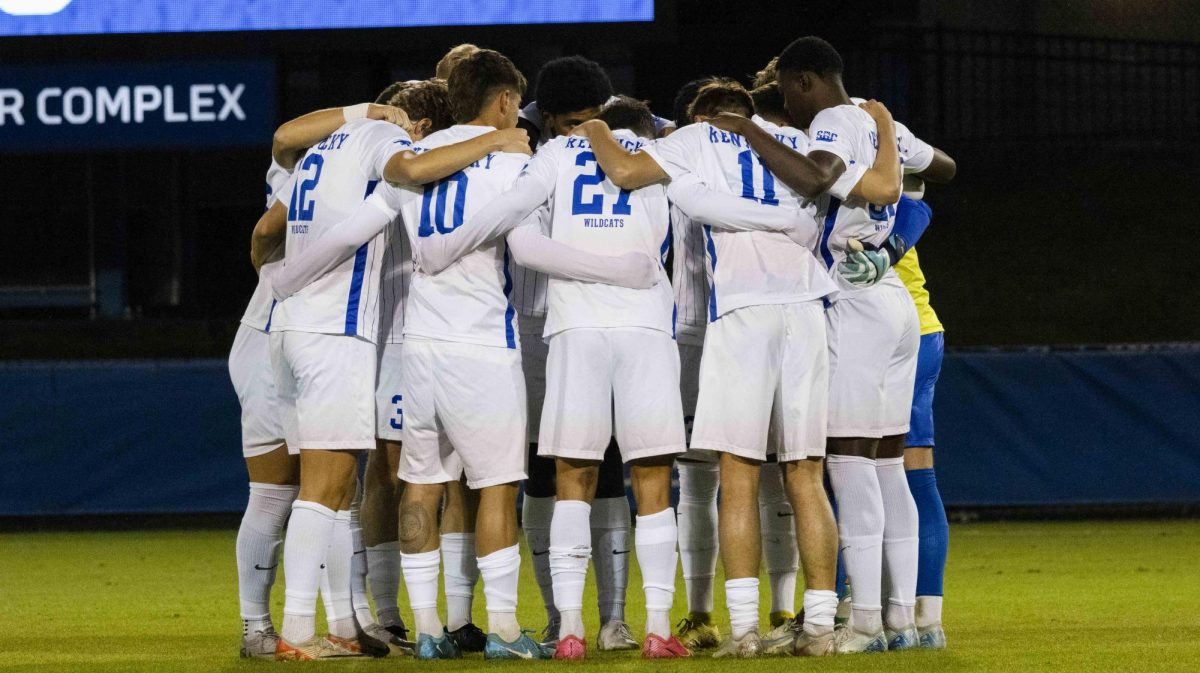
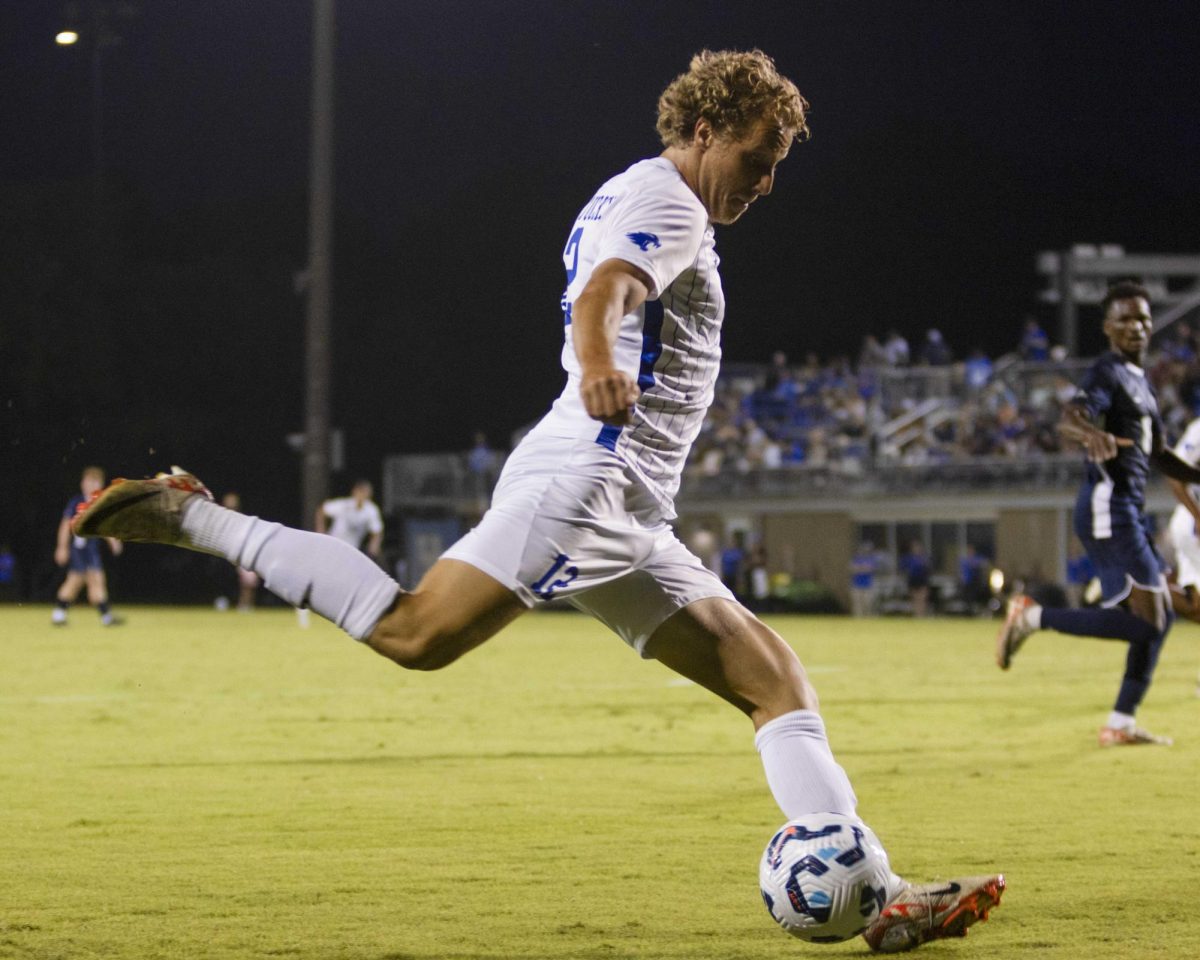





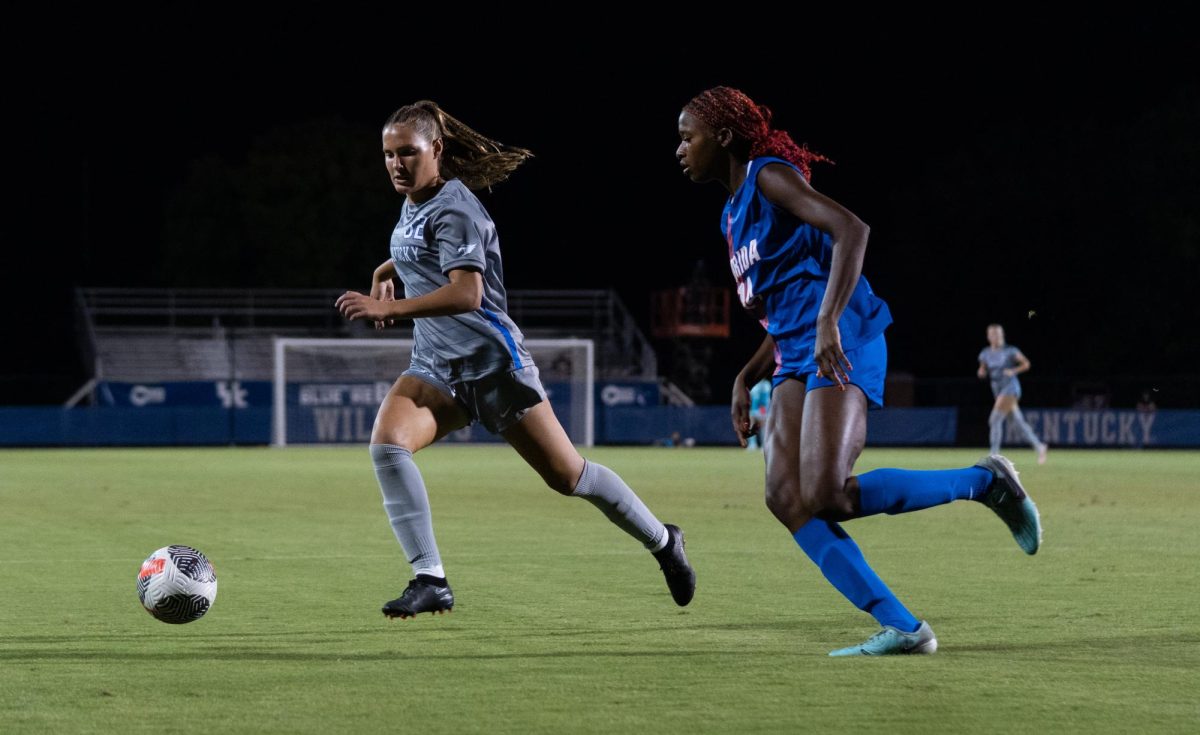


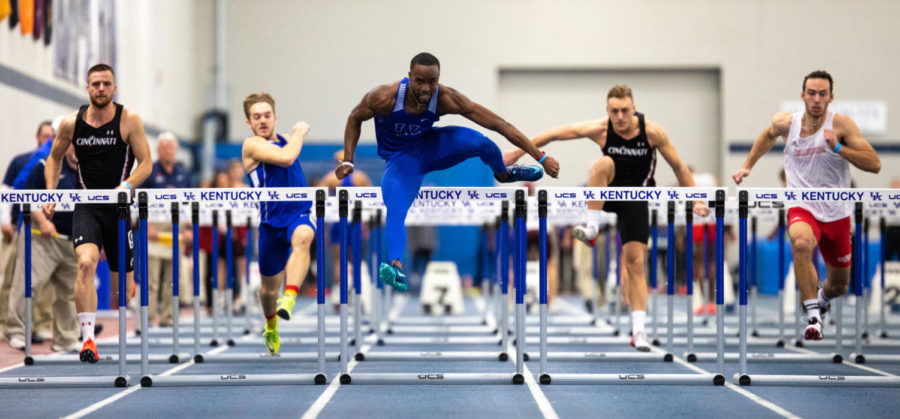











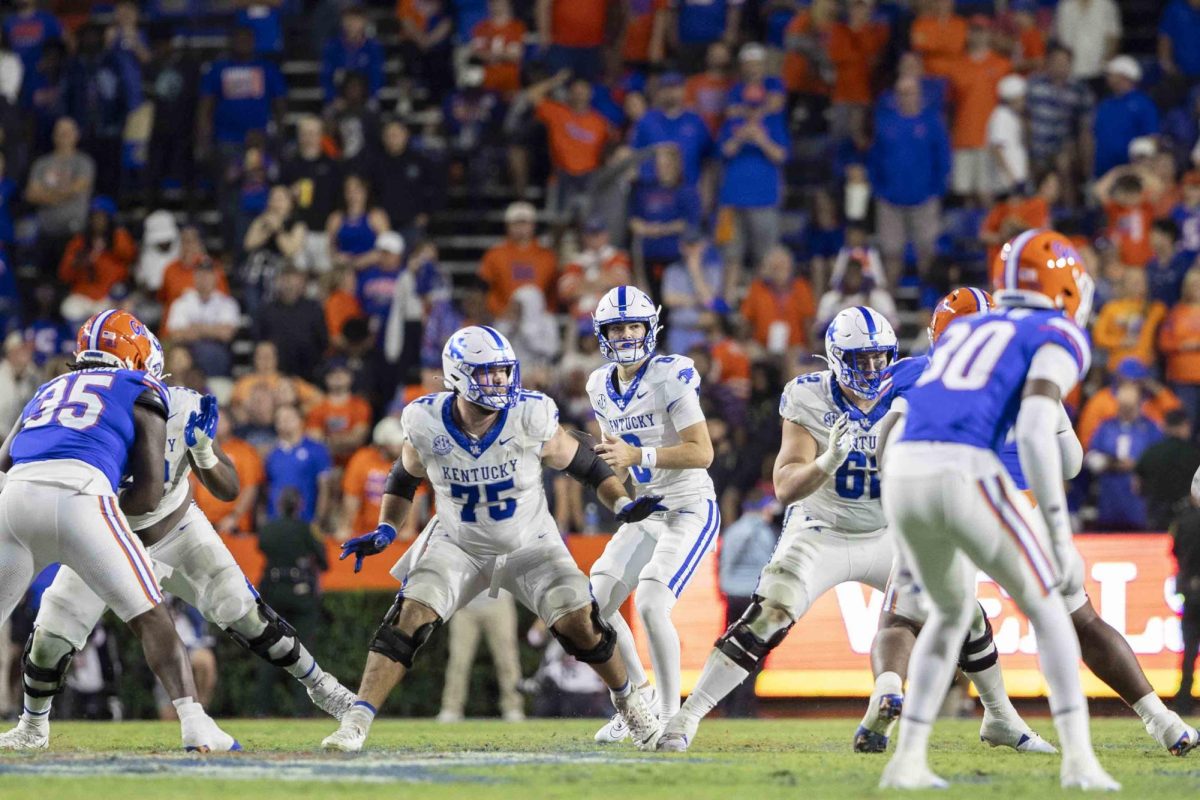
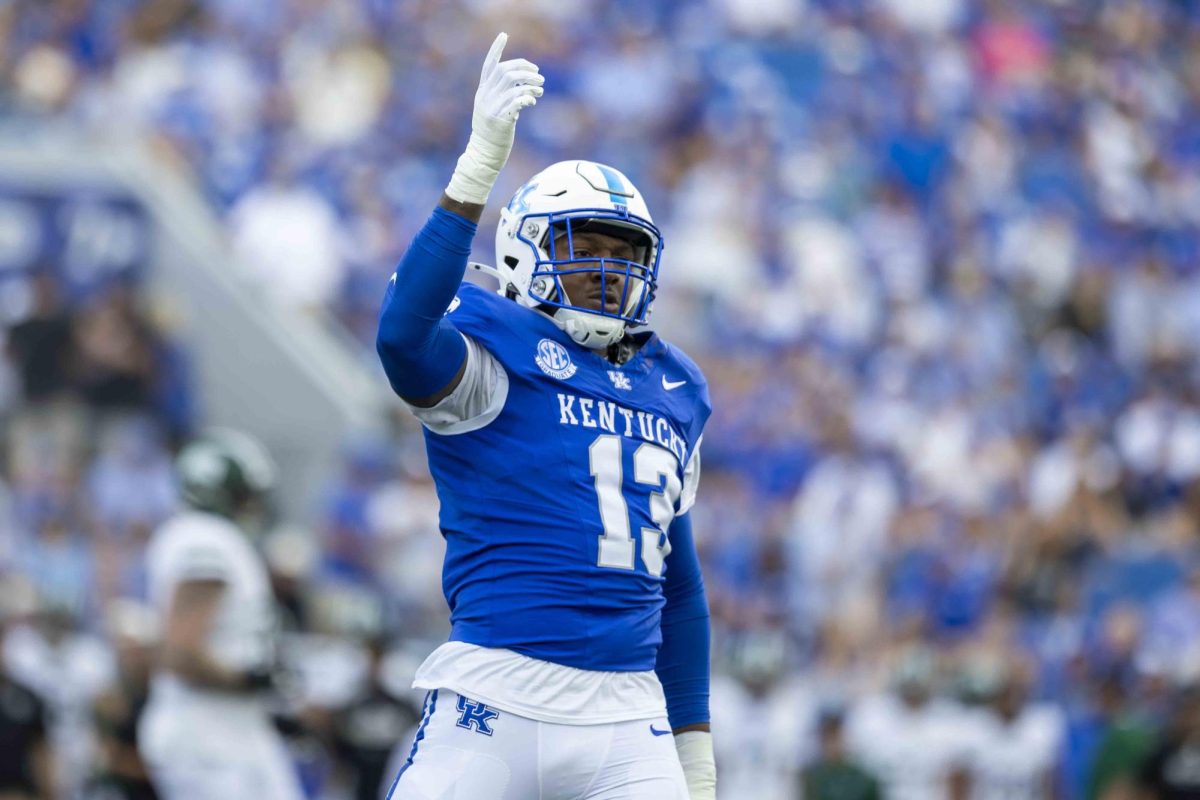
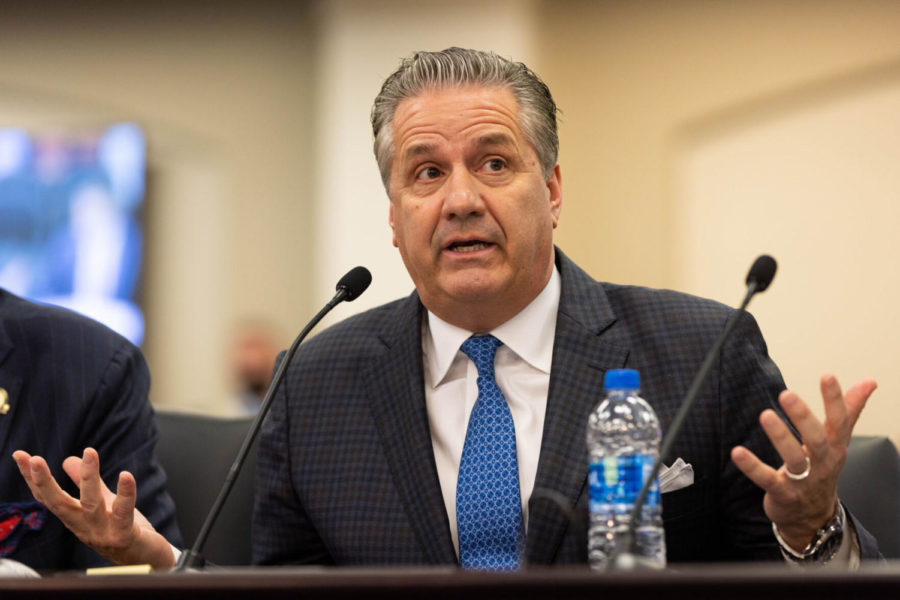
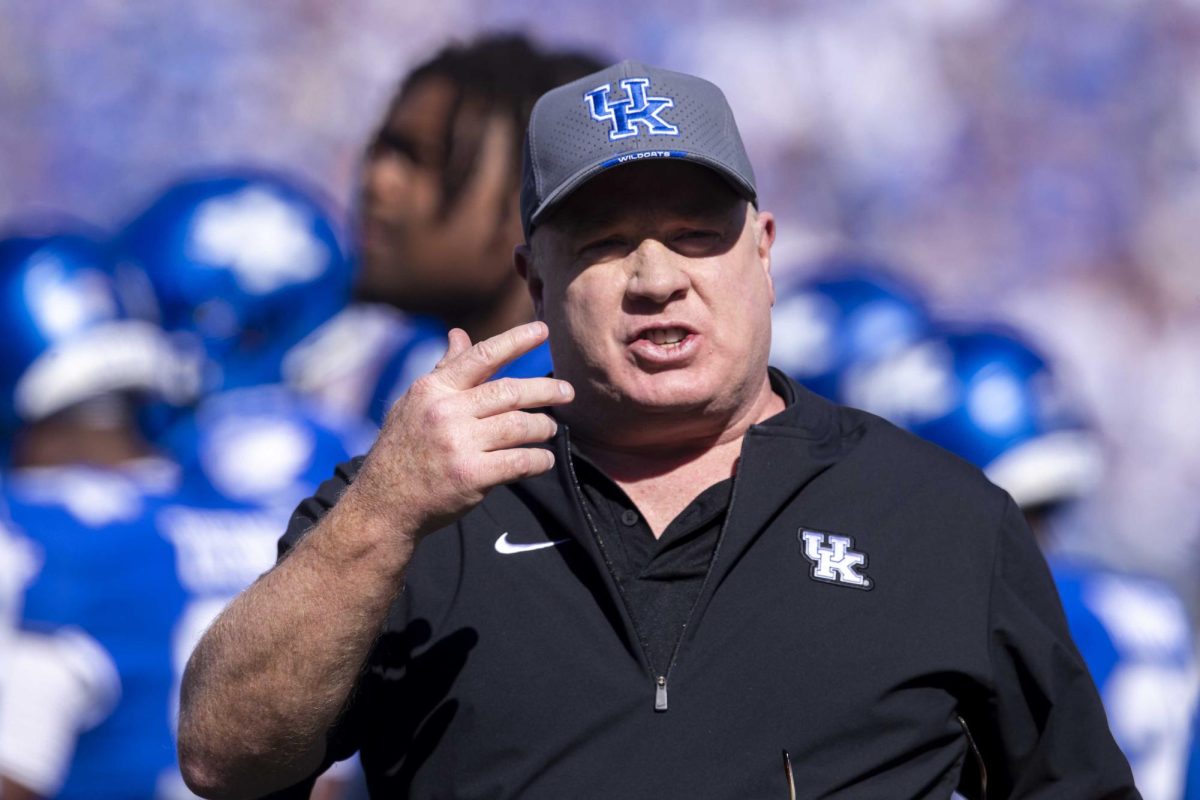



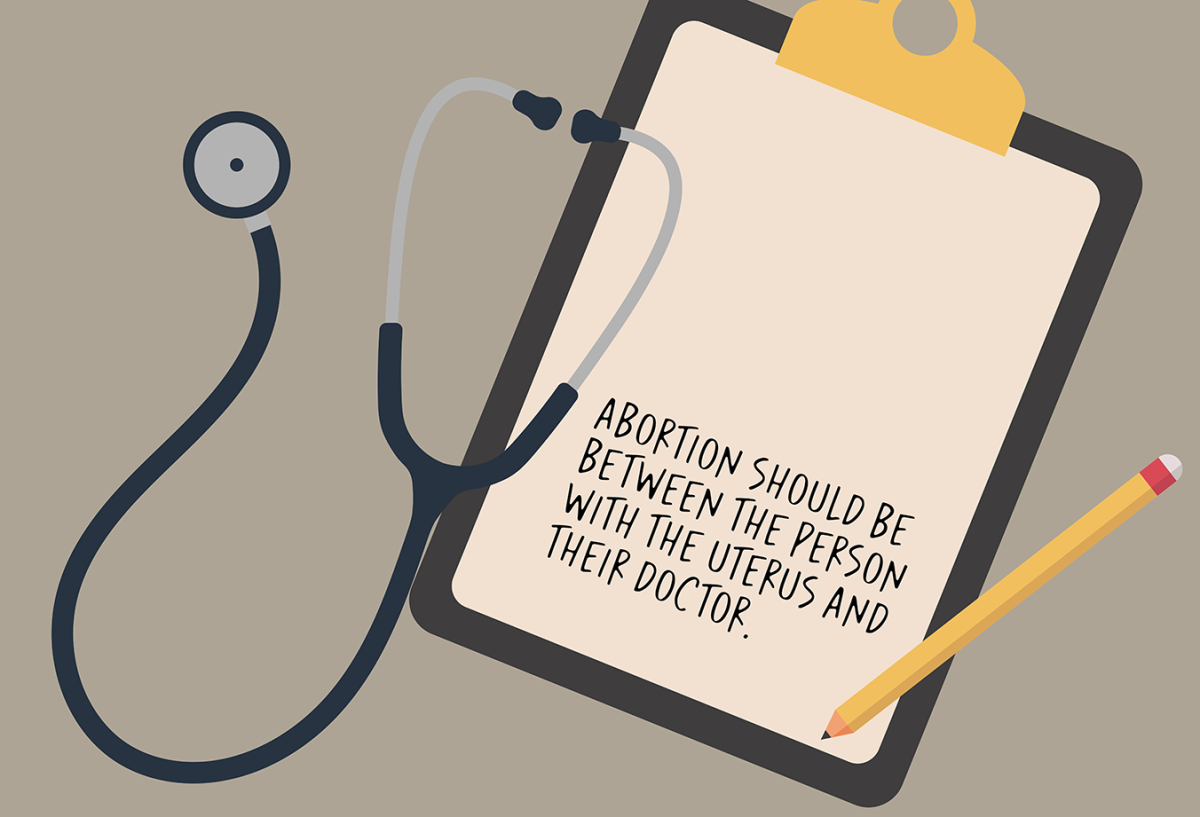

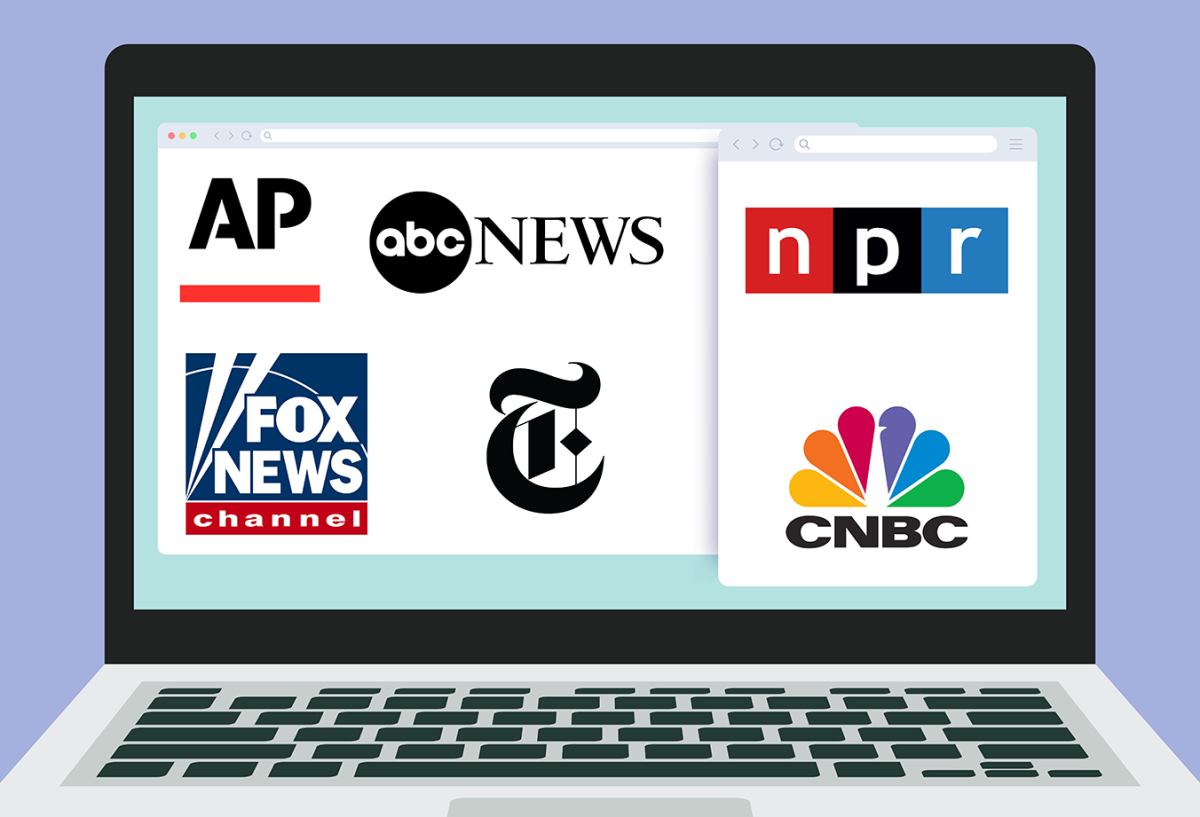




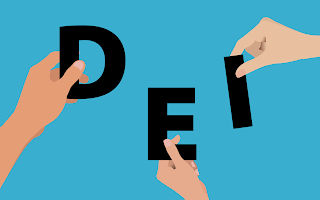



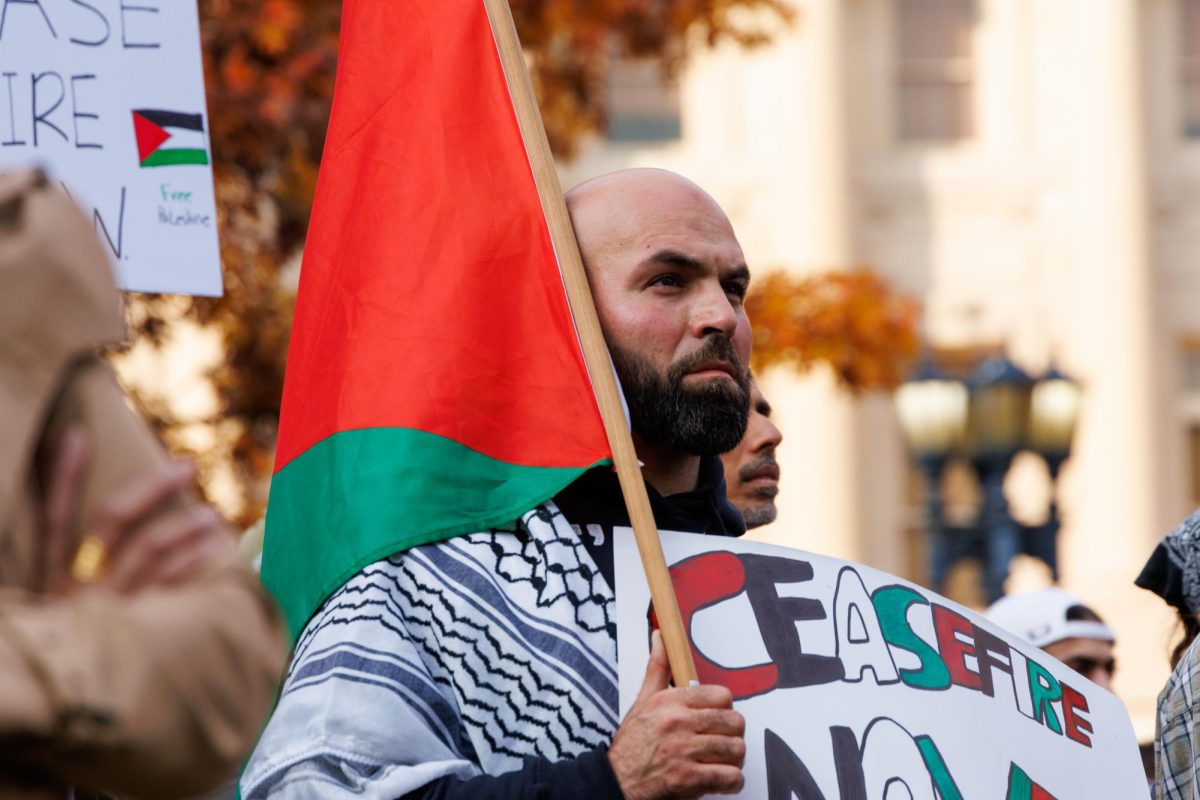
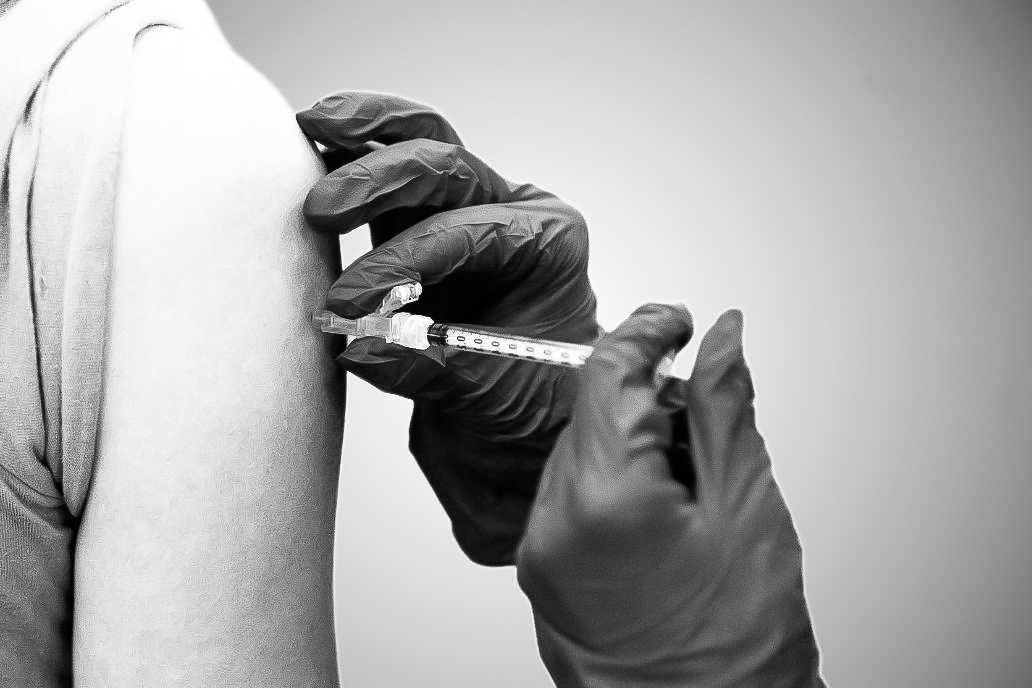
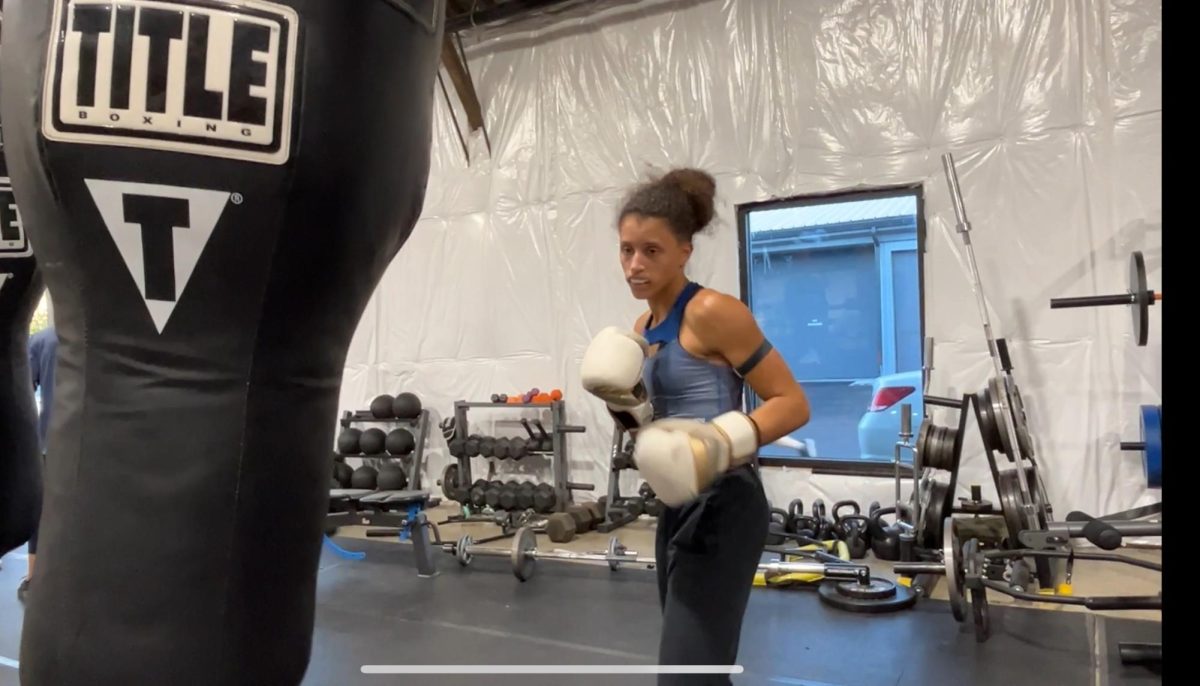







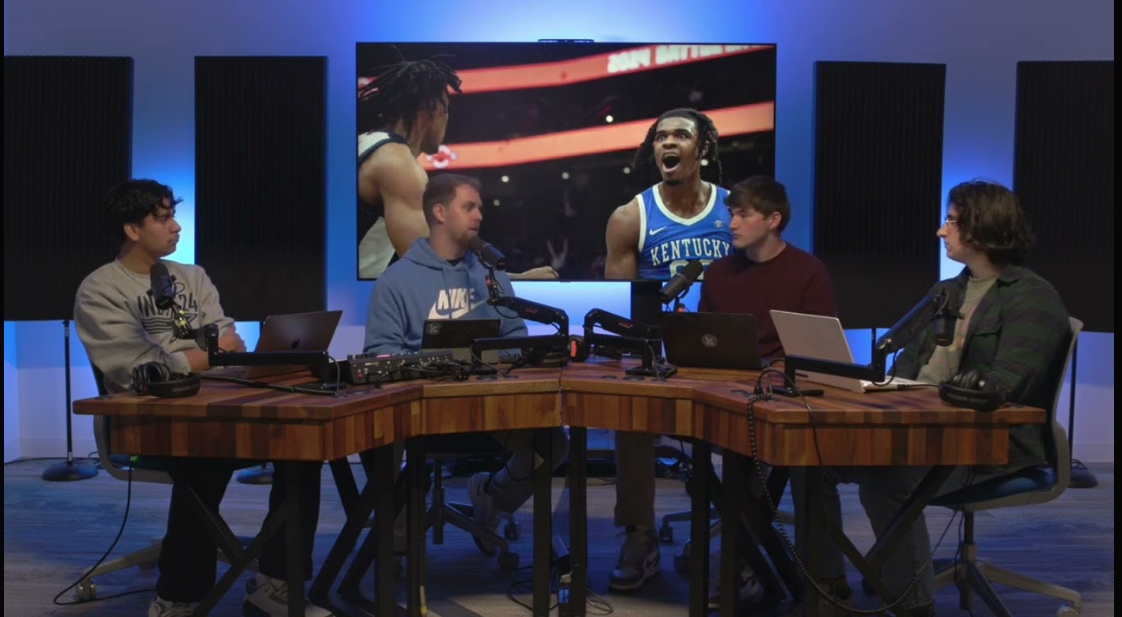

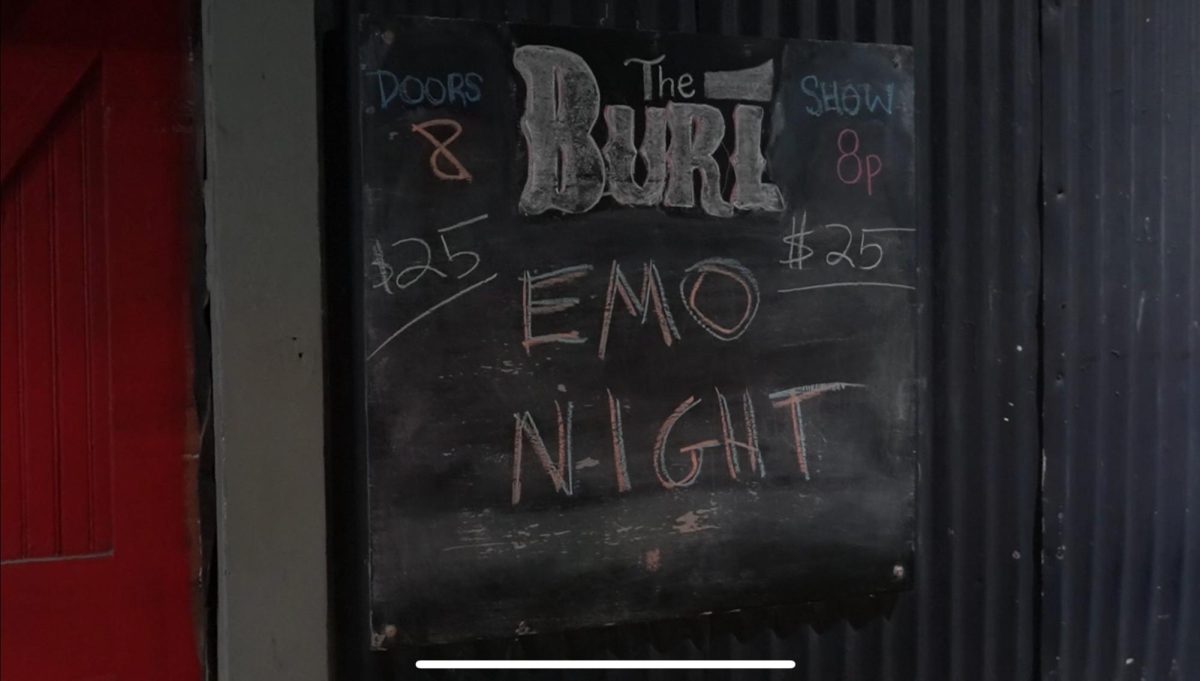


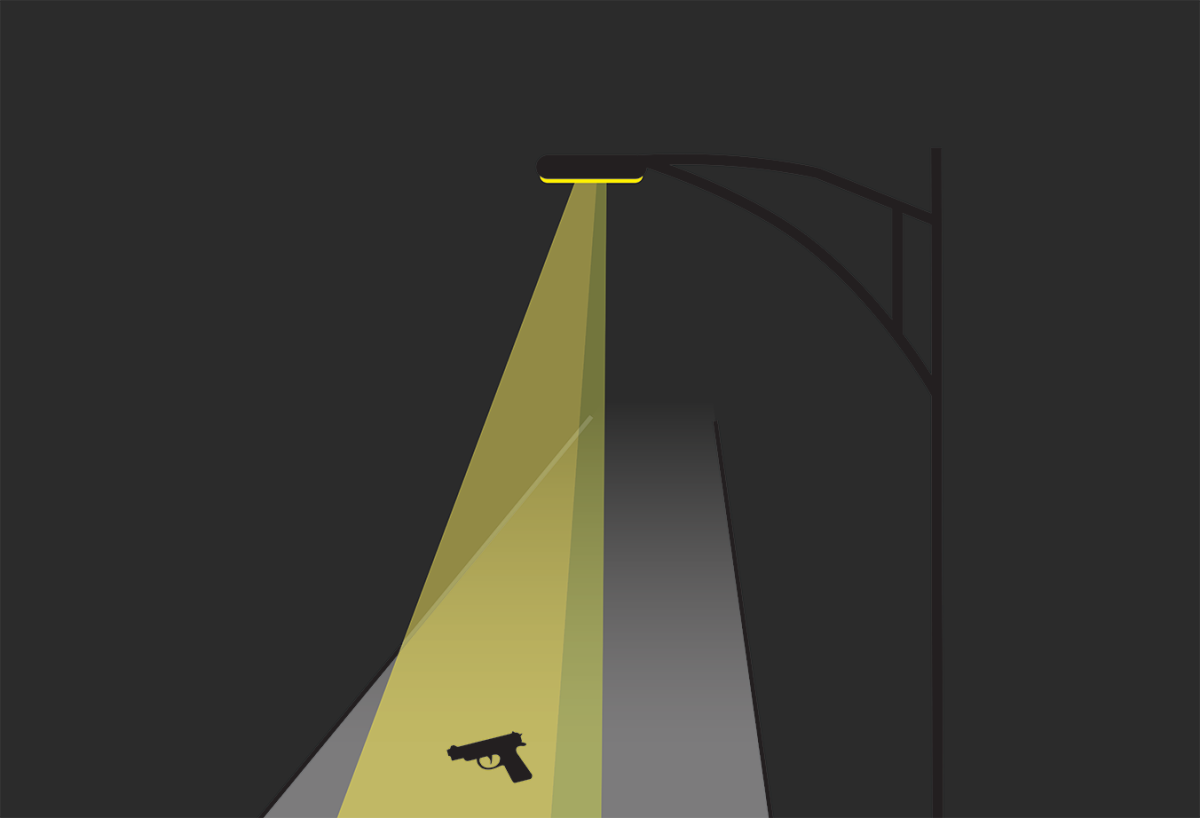
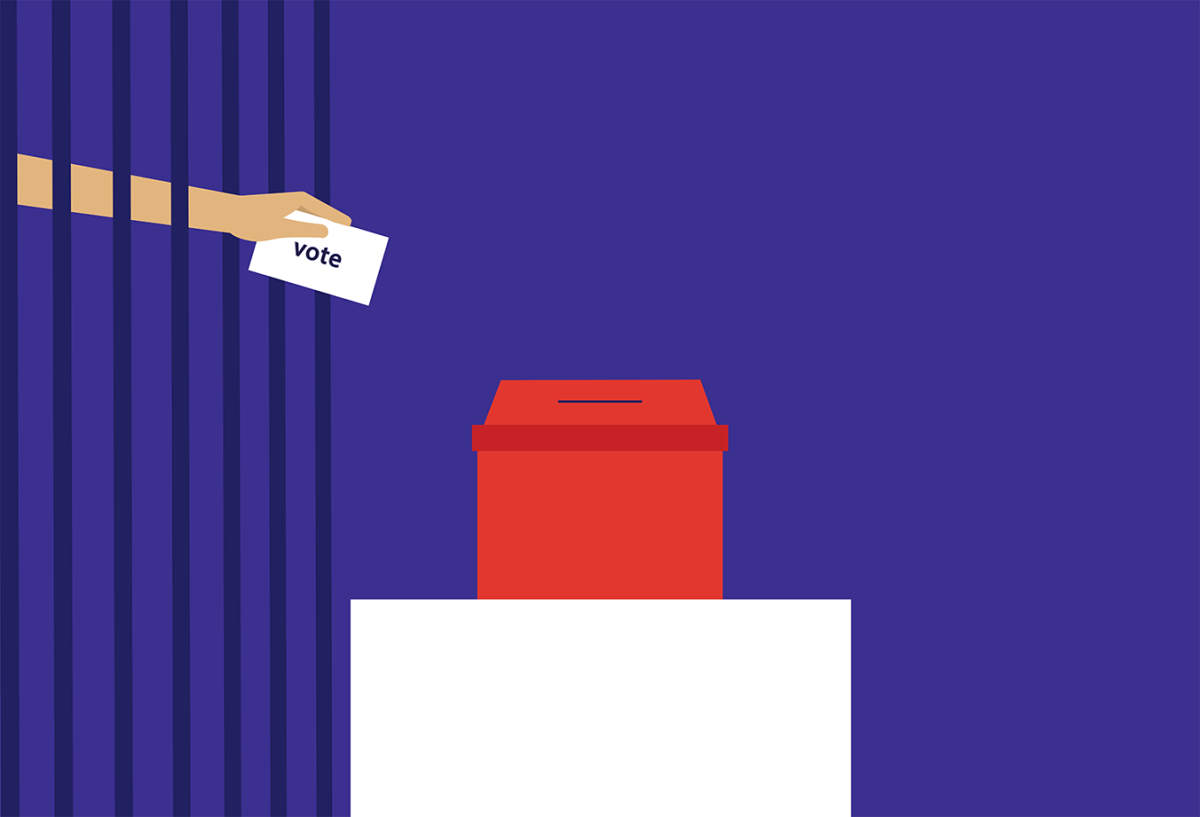
Kevin • Nov 11, 2024 at 9:47 am
That’s a nicely written piece and it sounds as though you have been exposed to some bad people. Consider digging deeper into the real issues, don’t stop at the gun itself. Would you apply your logic to alcohol as well? Are you more concerned with simply getting rid of guns as a means to an end or do you want to see fewer deaths as a result of people using guns and an overall greater sense of security? According a recent John Hopkins’ study, “Alcohol use and gun violence are leading causes of preventable injury and death in the United States. Alcohol kills 140,000 people annually, guns kill more than 48,000”. If you want to see more people alive then eliminating alcohol would be a solution. That obviously isn’t going to happen and guns aren’t going away so dig deeper to work on a cause that you can possibly have some success in. Who is doing the shooting, why are they shooting, how is a mass shooting defined? Are the guns used in the shootings stolen and considered illegal? Are there any race or gender traits that would help identity some of the issues? Does political affiliation and gun violence show us anything? How have people committing violence with a gun changed over time and within that same time period how has work ethic, personal responsibility, music, and education changed? If someone dropped a bag of guns and ammo off in a rural area, a suburb and an inner city, would the outcome of the guns be different for the different scenarios? How would free guns play out with different genders, groups of different age ranges? Guns don’t shoot people and alcohol doesn’t force itself into one’s system. At the heart of the argument is personal responsibility and self control and unless you start digging into that, you’re not working on a solution. Keep digging.
Trenton S Schroering • Nov 13, 2024 at 1:11 am
I think when writing this, at 2 AM when under an active shooting threat, I was just begging for them to all vanish off the face of the Earth. It’s a fantastical situation, but I saw gun control measures as the closest possible thing. Being more lucid, being more reasonable, and being more logically-inclined at this point, I recognize that my call to action is not particularly strong. If I could snap my fingers and erase guns from history, maybe I’d be inclined to do so, but in the meantime, I do just want to see fewer guns. Fewer deaths. Less fear. Less trauma. An end to experiences like mine… Though, sadly, simply looking toward the future, I don’t see that happening within my lifetime or my grandchildren’s lifetime.
Truth be told, I do not have a solution. I hardly even have ideas; nothin’ new, at least, and I’m not smart enough nor experienced enough nor involved enough nor connected enough to know how we’re going to actually *make a difference*; I figured sharing my story would at least progress the dialogue just a sliver, but I understand that that doesn’t translate into legislatable change.
I have no counterarguments to most of your points, at least none that are firm, broad, and sweeping. I don’t agree with most of them, but developing the ability to articulate why I don’t agree with most of them will take time, research, and experience that I do not have as of right now. I will say that alcohol and guns aren’t necessarily comparable since a majority of alcohol deaths were the ones who were using the alcohol while a majority of gun deaths weren’t the ones who were using the gun, but that’s not the crux of your argument and it’d be in bad faith to directly confront it and act like I’m in a position of superiority. I respect all of your points and appreciate your contributions to this national conversation. Thank you for actually taking the time to articulate a well-supported response, I appreciate it.
I intend to keep digging for the rest of my life. I’m a political scholar and want to study this until the day I die. I grasp the mental health crisis in this country, especially since I’m a victim of it and am surrounded with victims of it every day. I grasp the systemic inequities of this country and have known people personally victimized by the institutions; people who are some of the firmest gun rights advocates I know despite being to the left of me. I grasp the cycle of violence and incarceration that is nonstop, that churns and churns and churns and churns and churns and sends men to prison by the thousands where they unceasingly come out worse than they went in, leaving them with fewer and fewer opportunities until crime is close to the only embrace that beckons them… I don’t claim to understand it all, but I grasp it, and it terrifies me, and it drives my nails into the sides of my scalp every single time I try to reckon with it. But I have. To keep. Going.
In the meantime, guns at least are inanimate, which makes them a bit easier to regulate than people.
Again, thank you. It’s going to take dialogue to actually make progress in this nation. Dialogue that, I’m terrified, fewer and fewer people are willing to engage with with each passing day.
Lisa • Nov 10, 2024 at 9:38 pm
Thank you for writing such an honest and gut-wrenching piece. I think we’re all sick of the anxiety that comes from being in a public place and wondering, “What if I’m the next victim?” I was a Kernel writer almost 30 years, and I’m proud to see current Kernel writers covering tough topics and asking tough questions in print.